
Shermona Mitchell
Actor, director
Black Arts Legacies celebrates local musicians, dancers, visual artists, poets, performers, curators and architects whose creative expressions reflect the complexity of being a Black artist in Seattle. Theirs are stories of being the first, of contending with discrimination and breaking down barriers, of long careers and careers cut short, and of building community through the arts.

Actor, director

Poet

Glass artist

DJ, radio host

Tap dancer, choreographer

Cellist, composer

DJ, radio pioneer

Painter, muralist

Actor, theater director
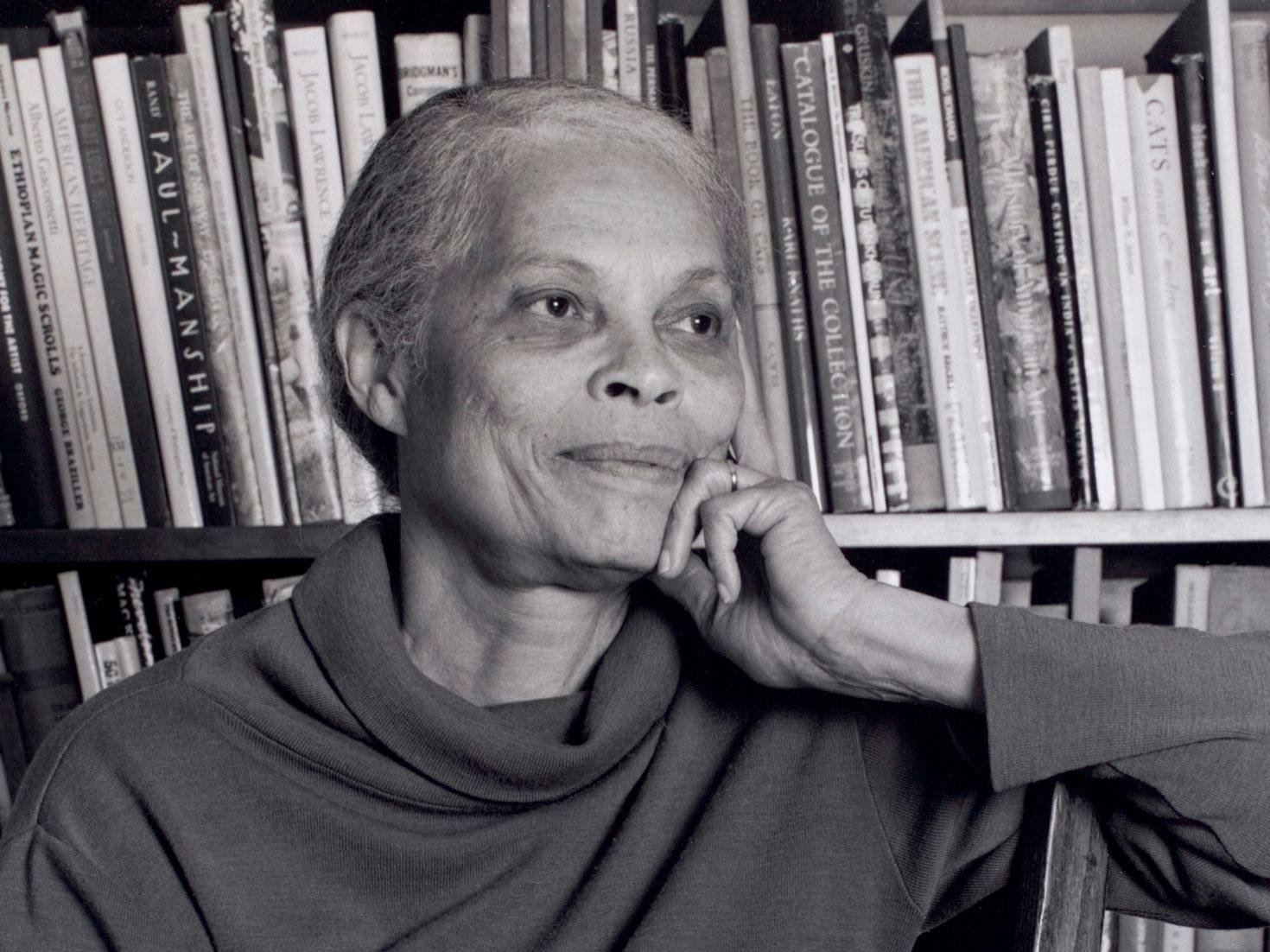
Painter, visual artist
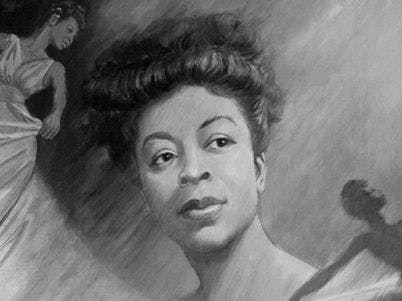
Dancer, choreographer
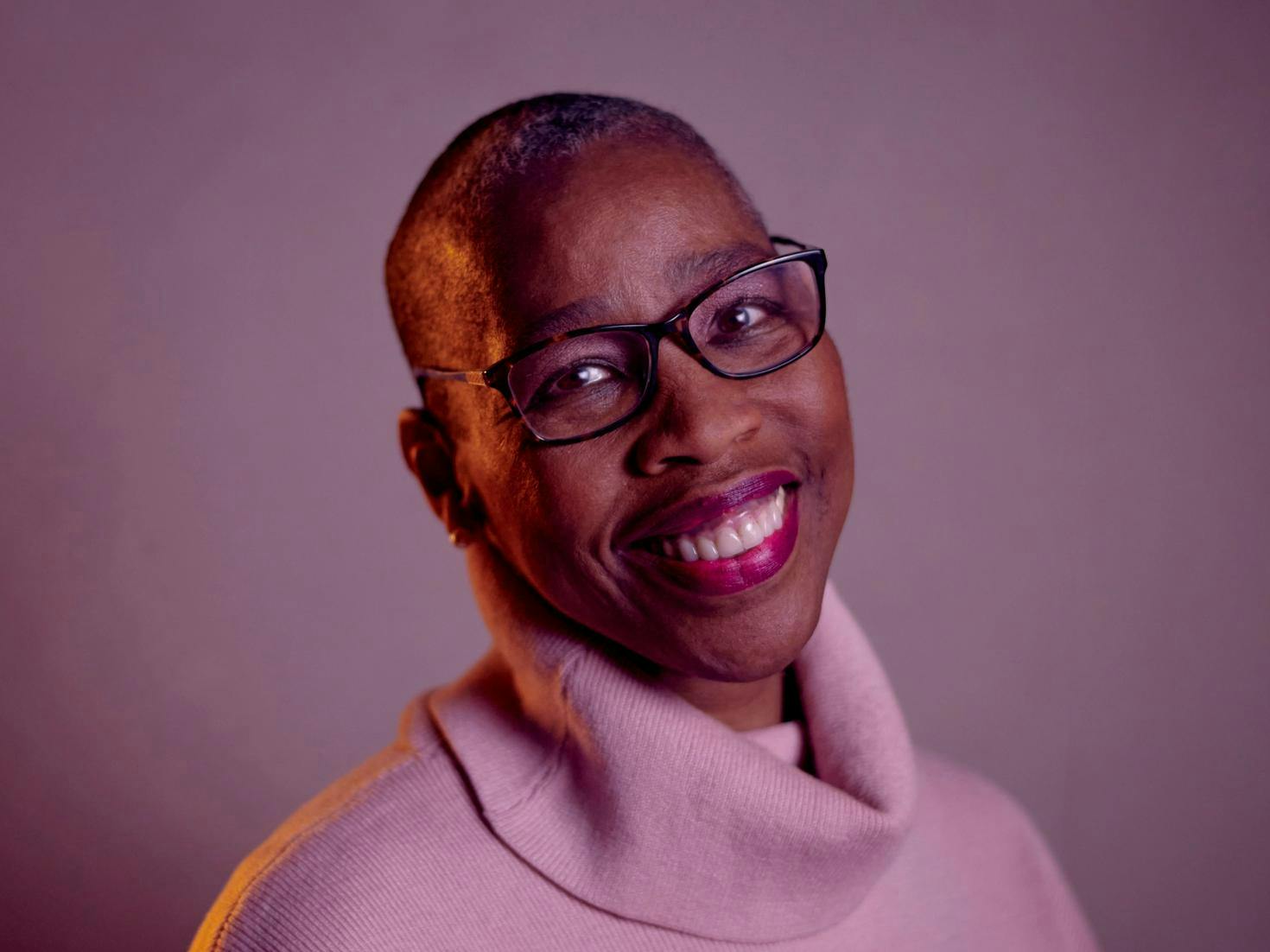
TV producer, host
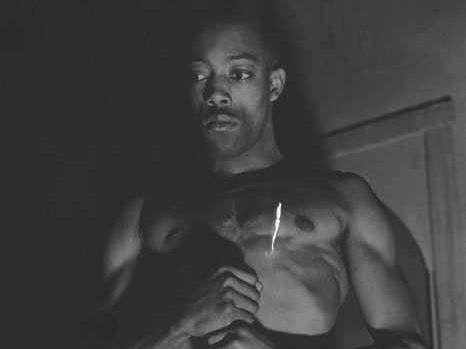
Theater company
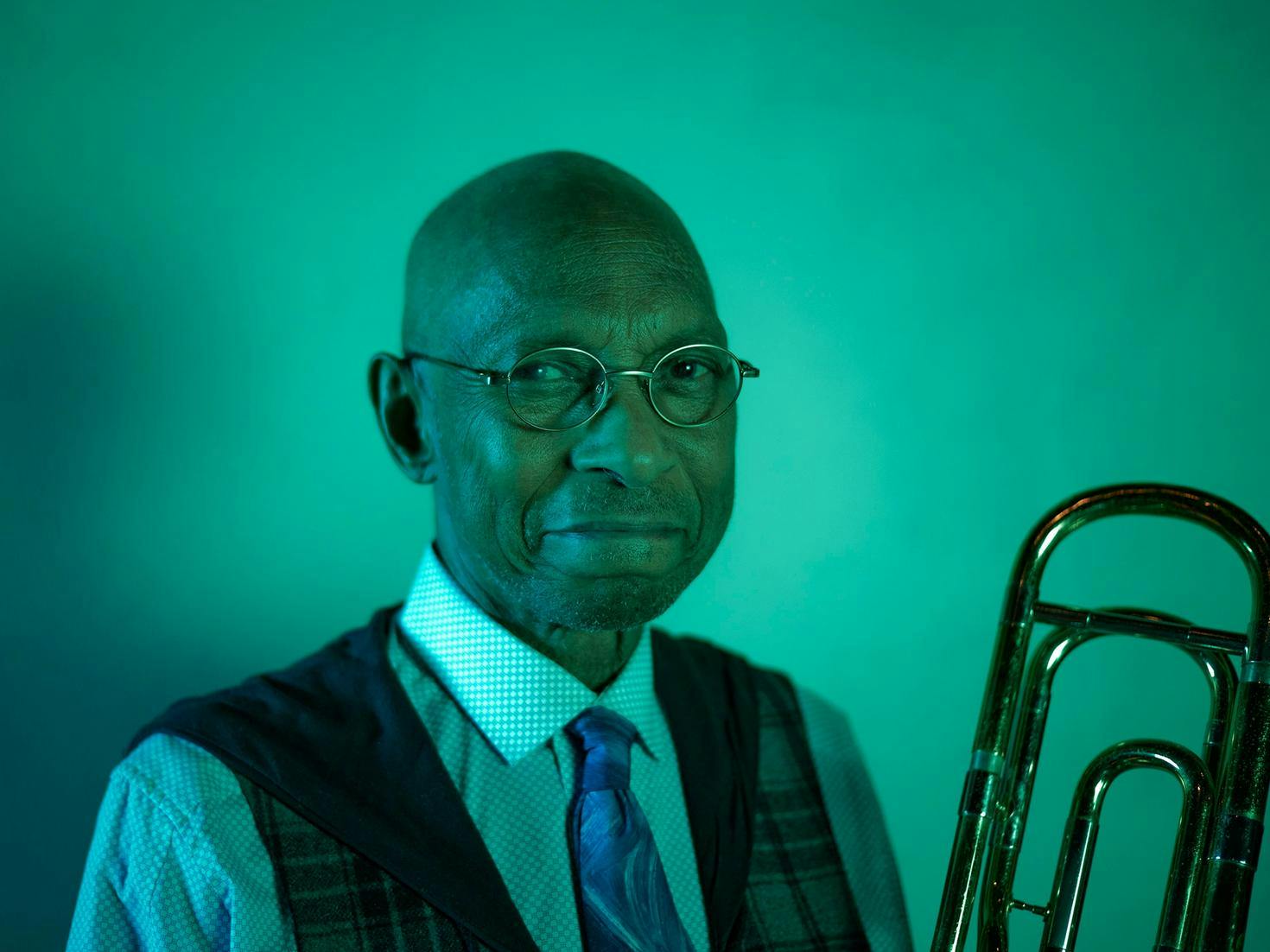
Trombonist
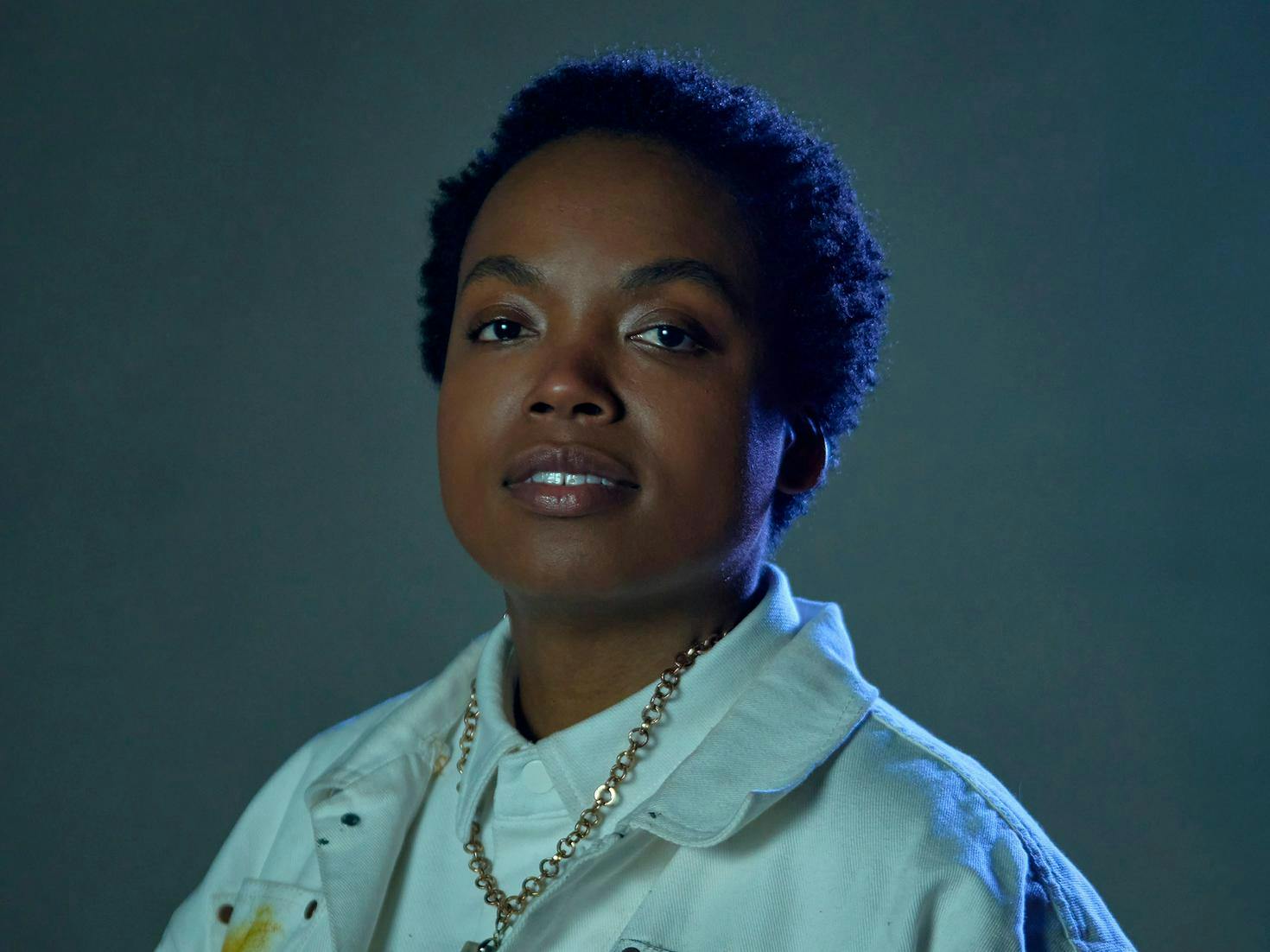
Muralist, apparel designer
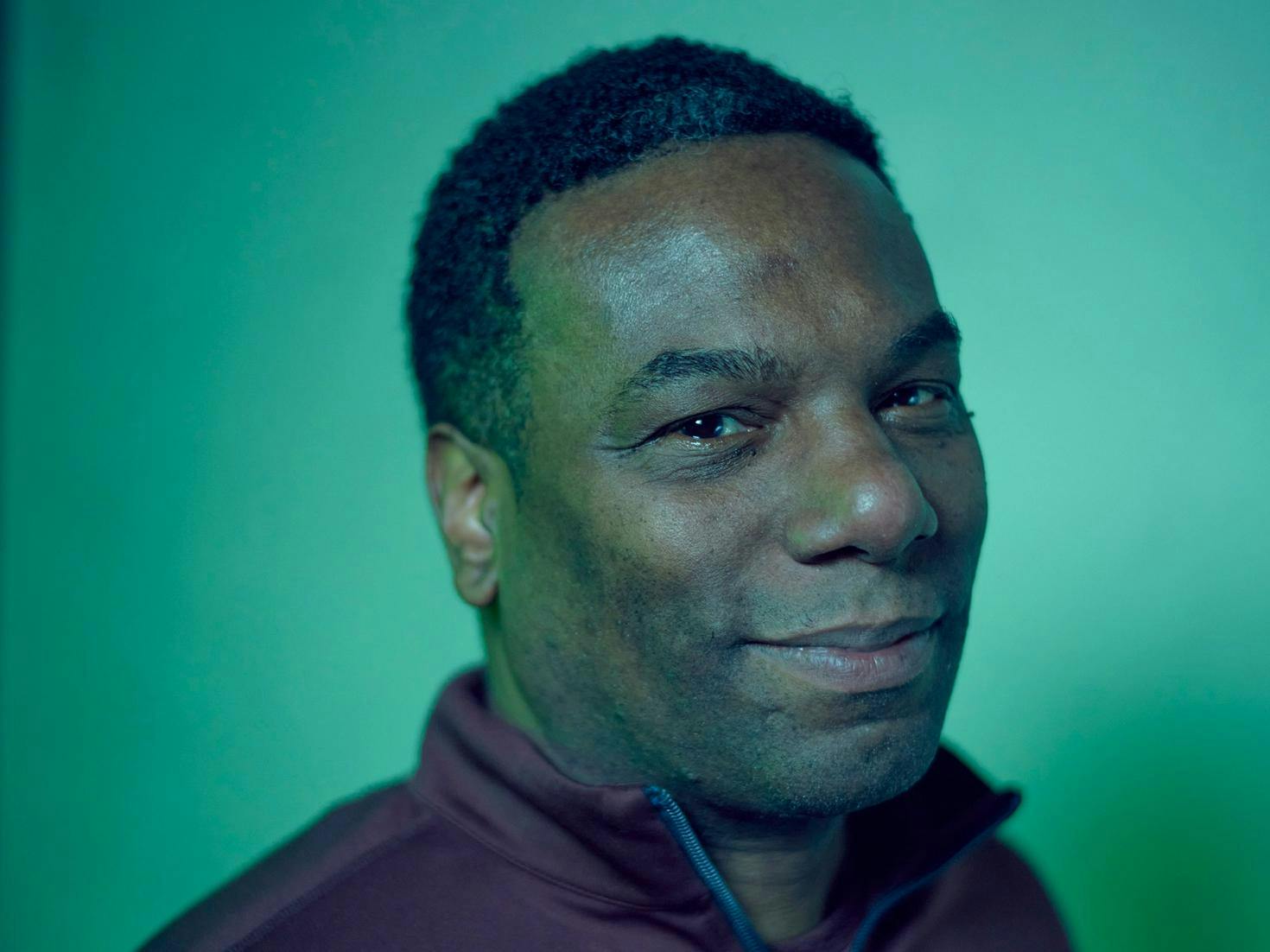
Actor, playwright
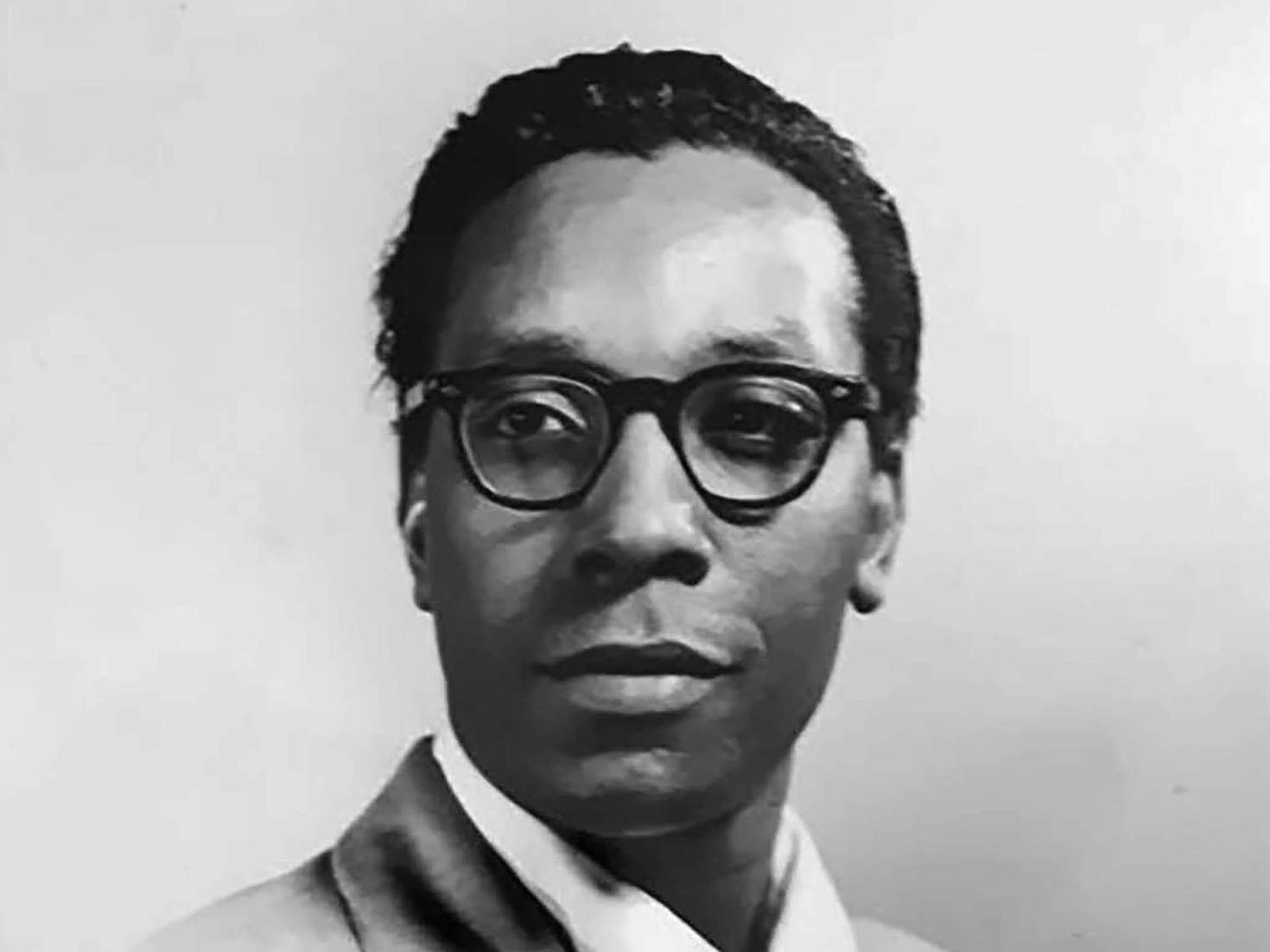
Painter, musician, educator
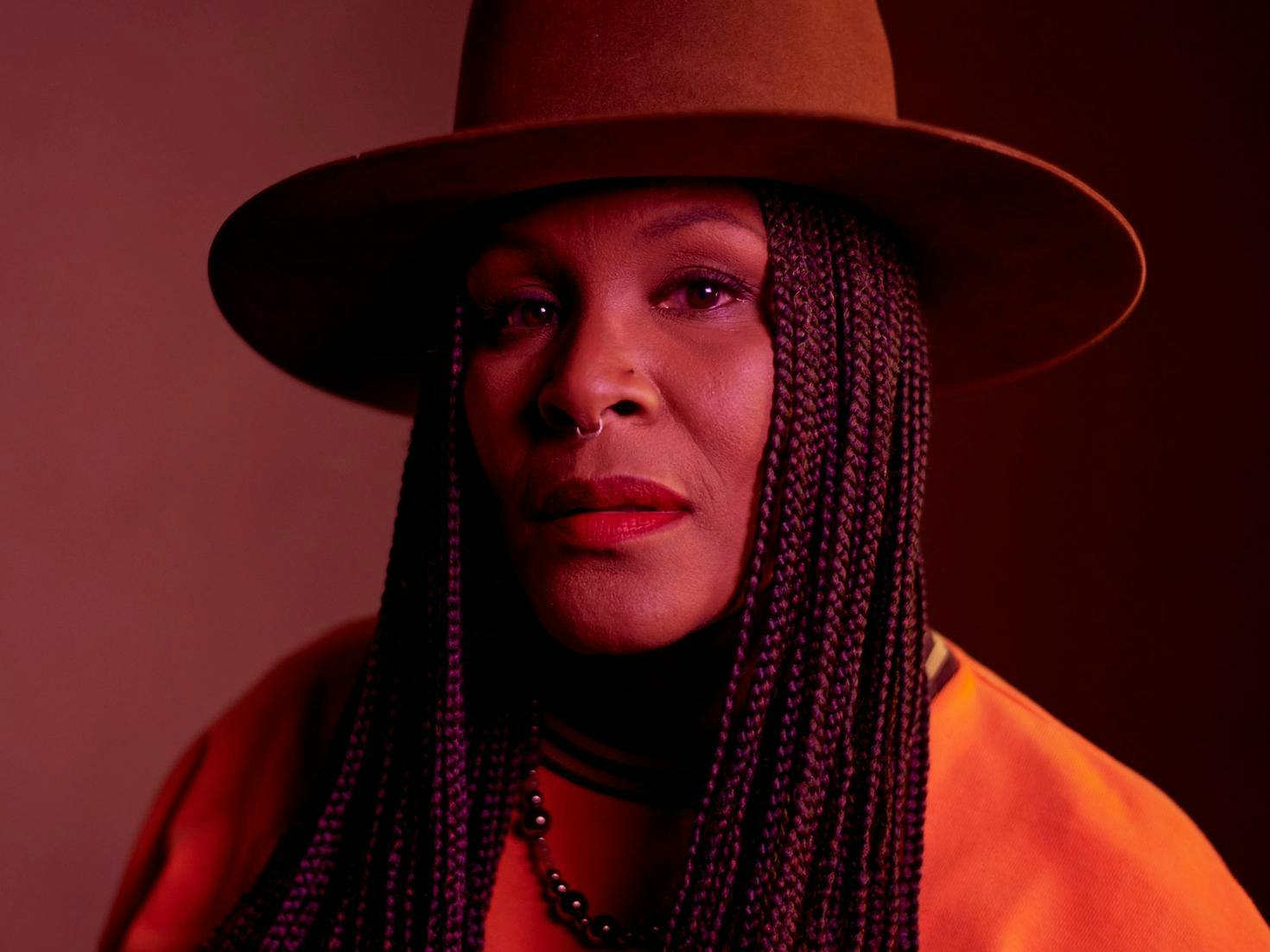
Singer/songwriter
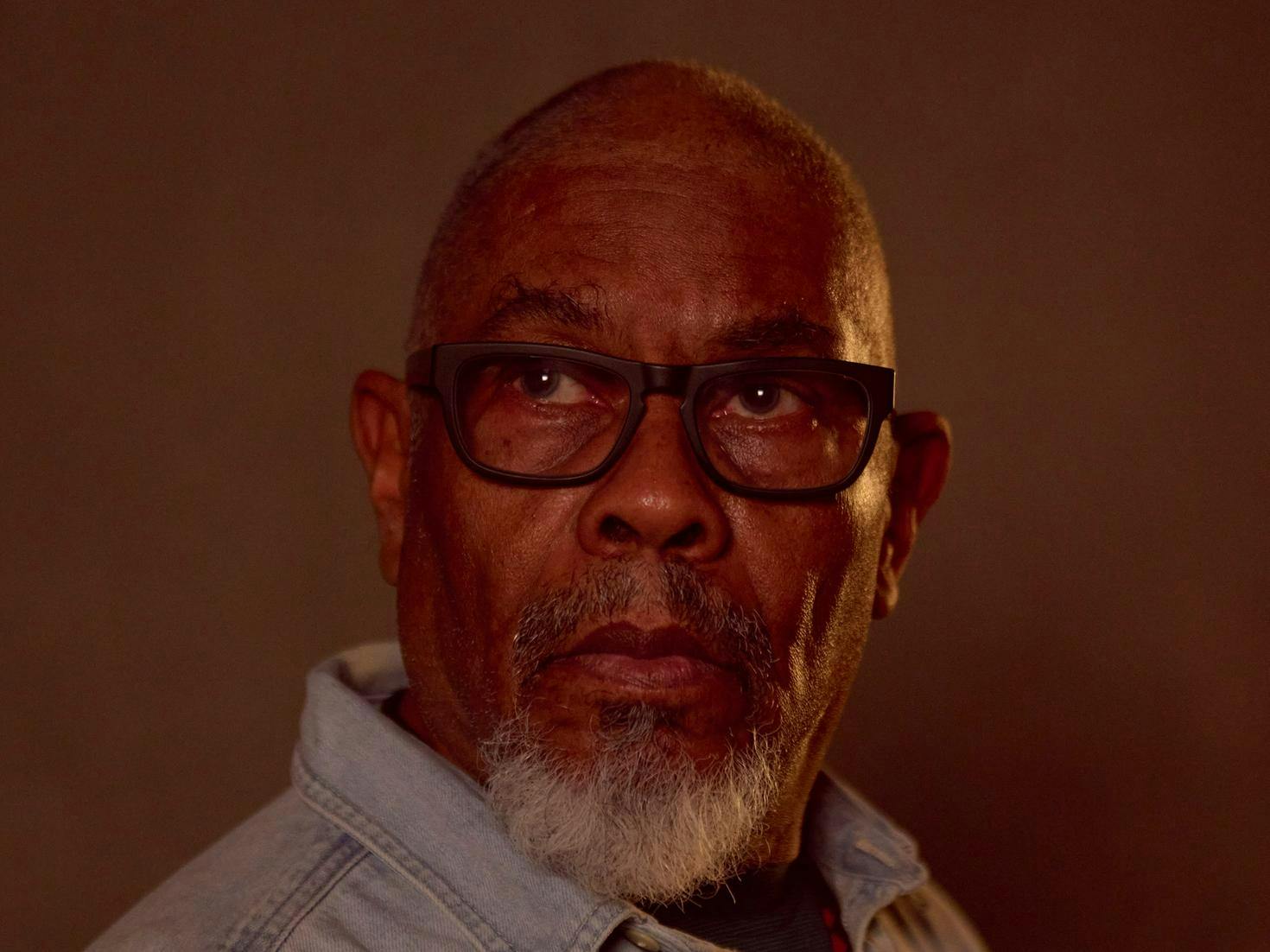
Visual artist, educator
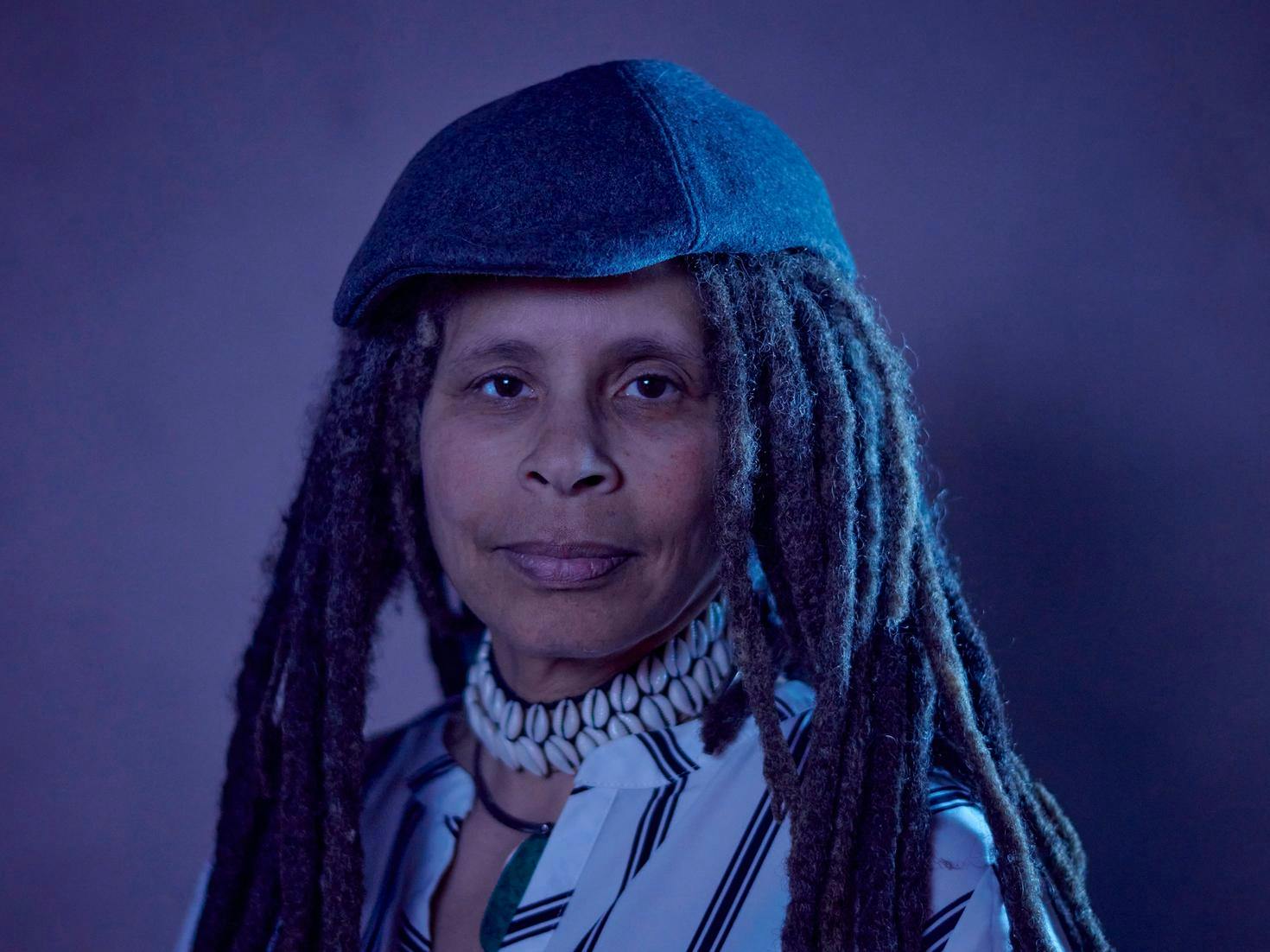
Poet, naturalist
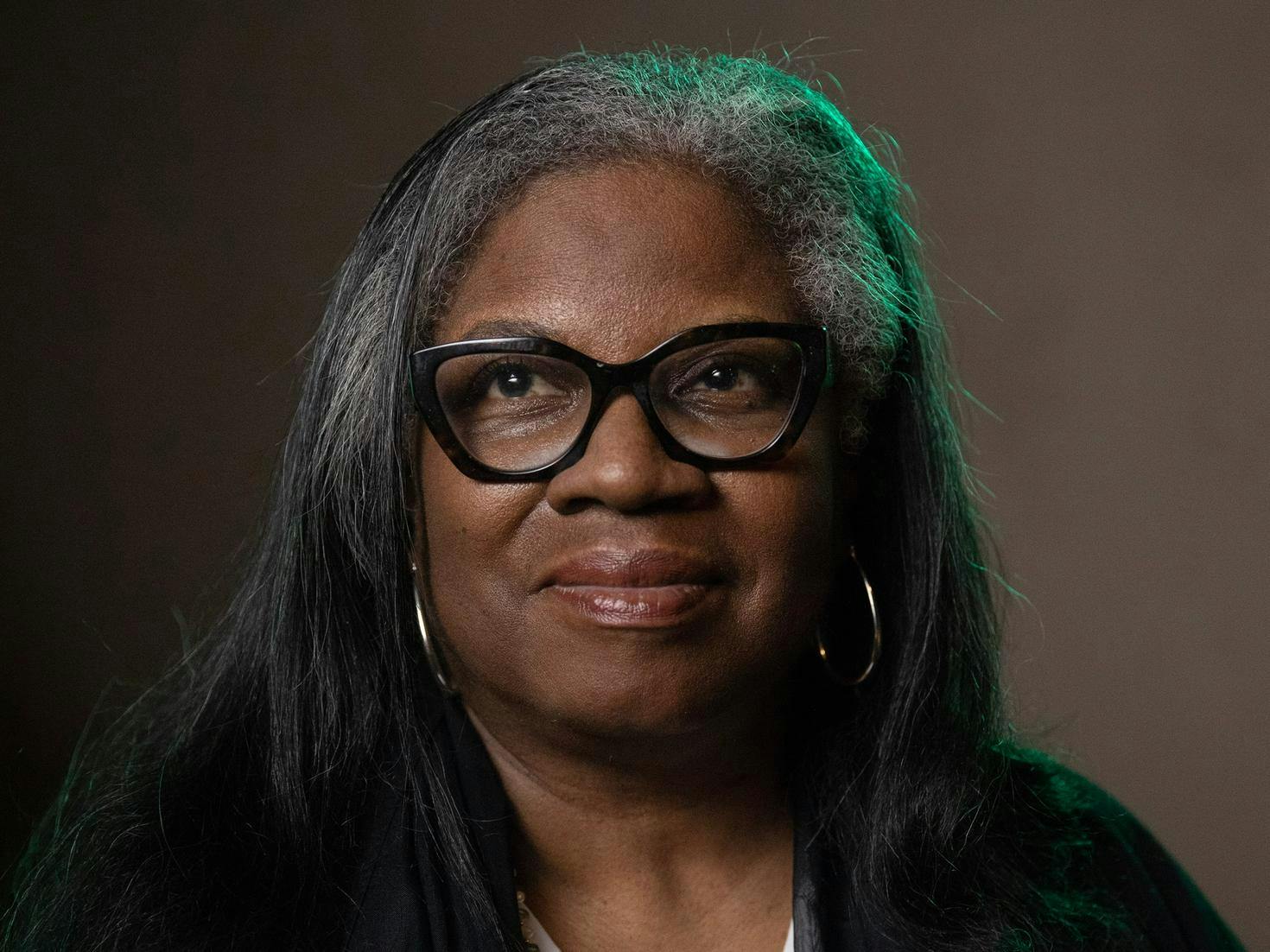
Playwright
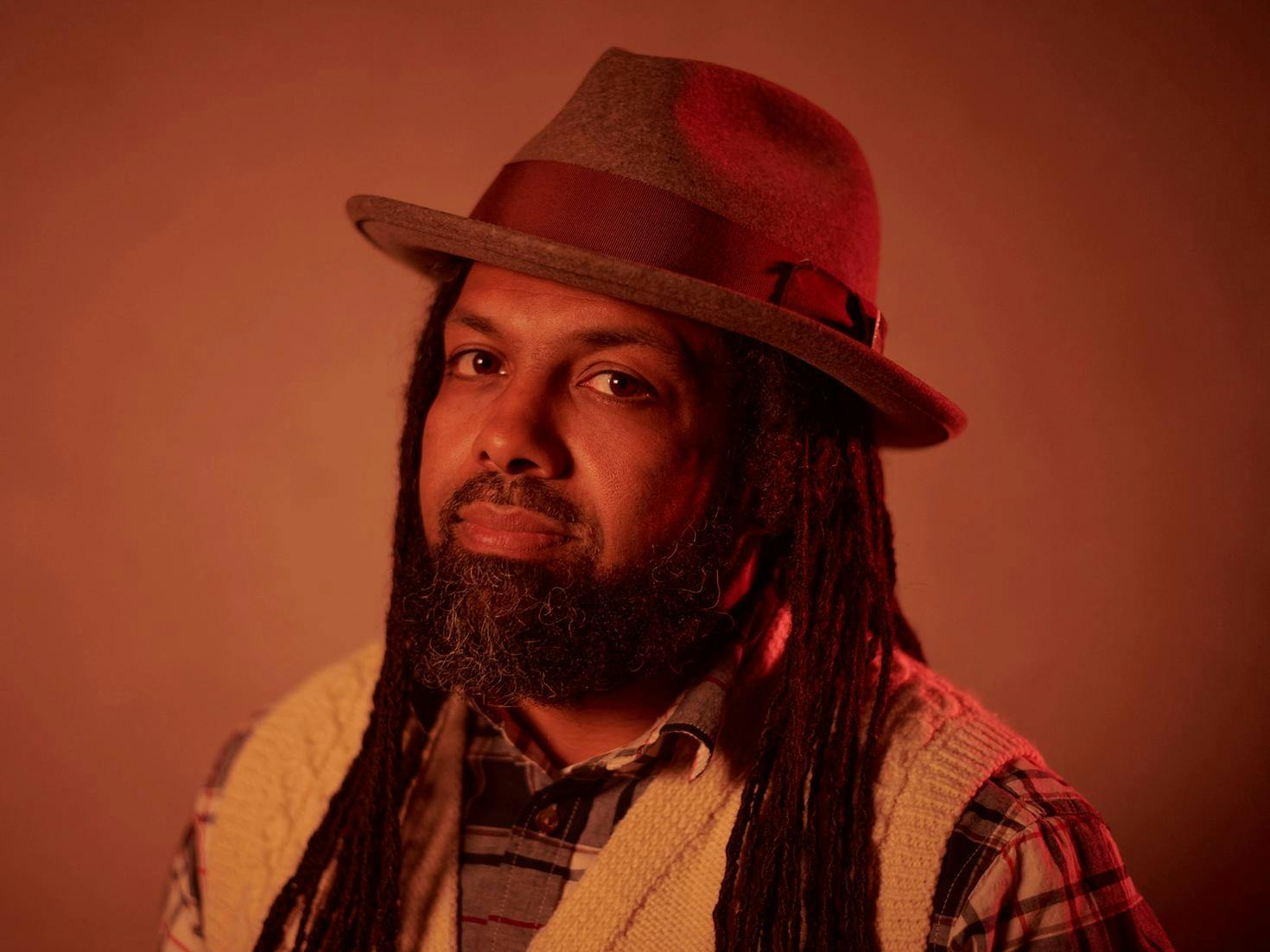
Musician, Arts Facilitator
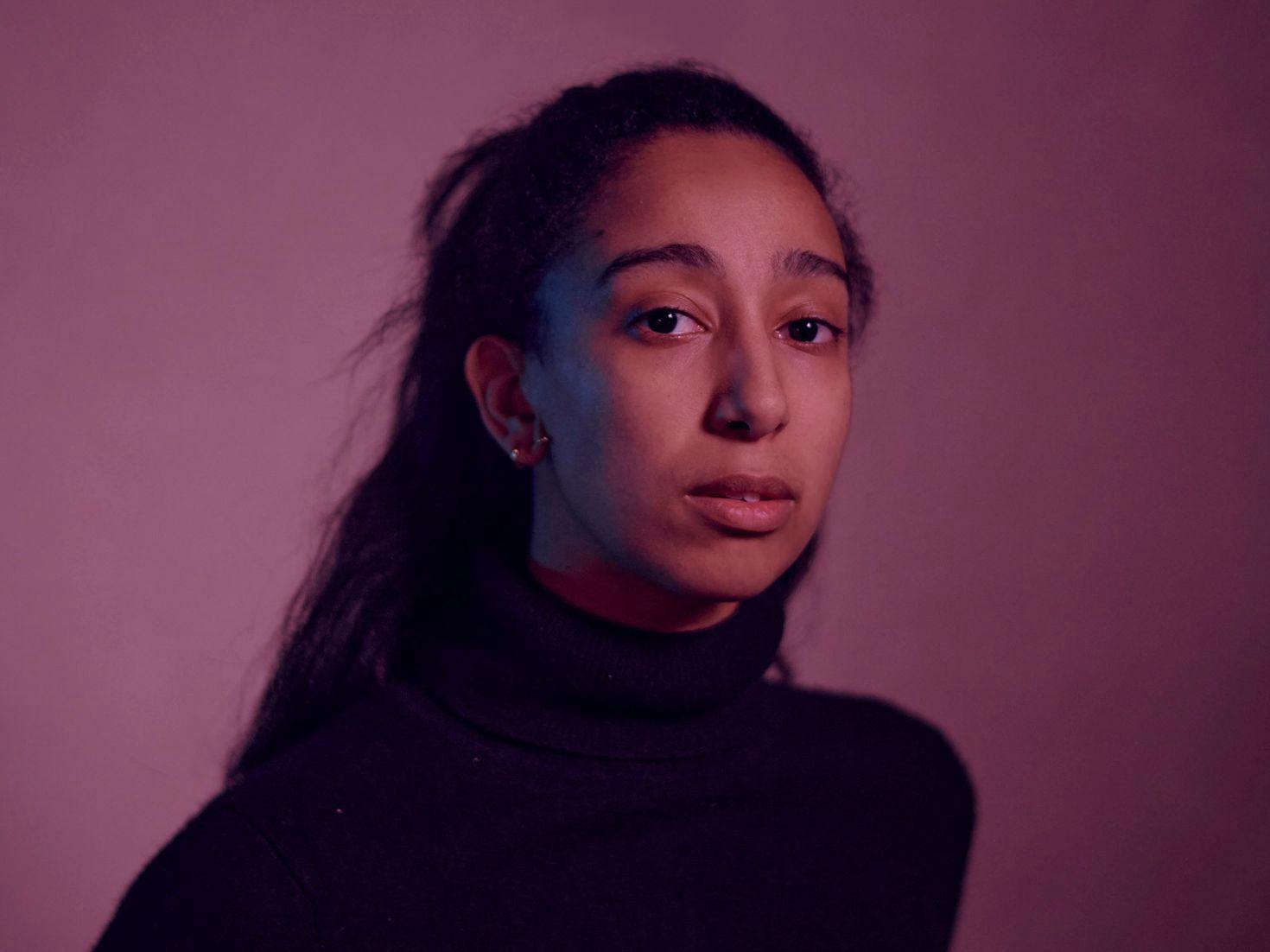
Dancer, choreographer
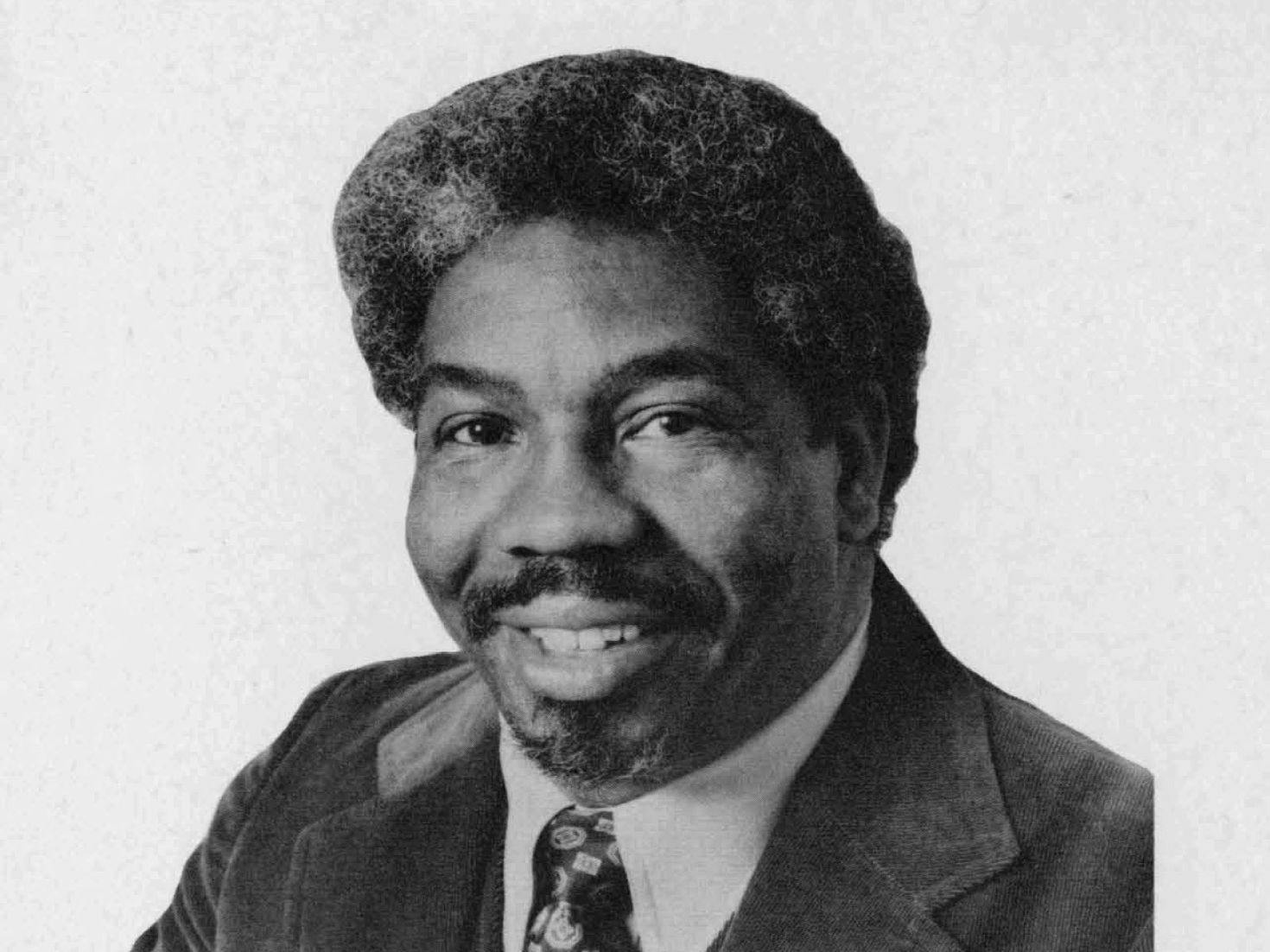
Director, producer

Poet, Educator
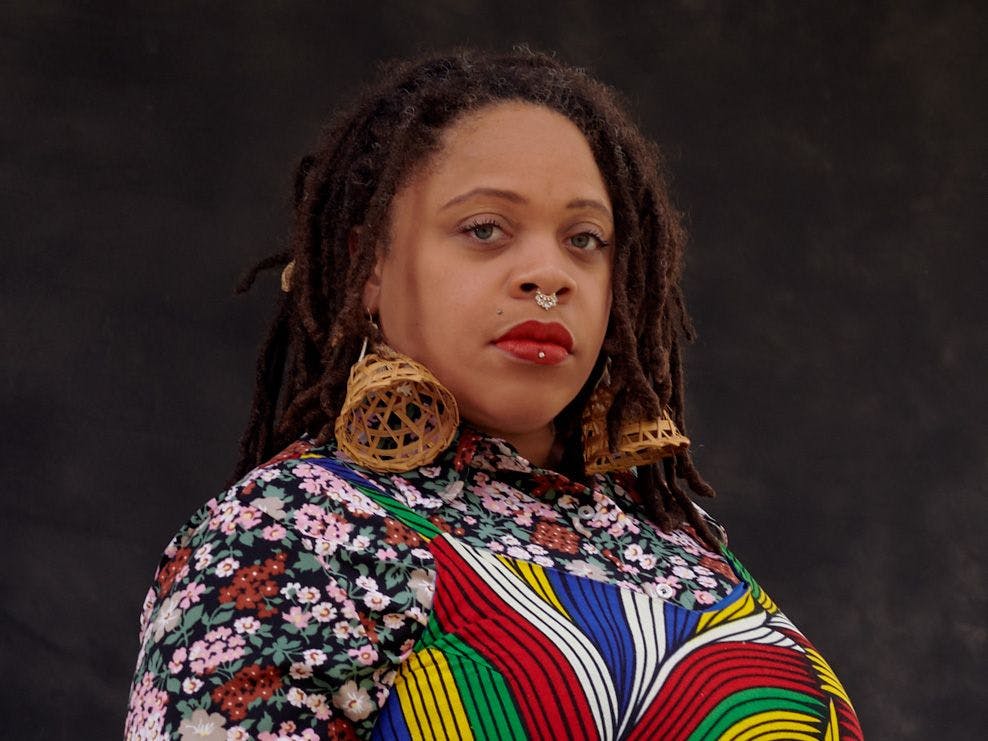
Curator, Artist
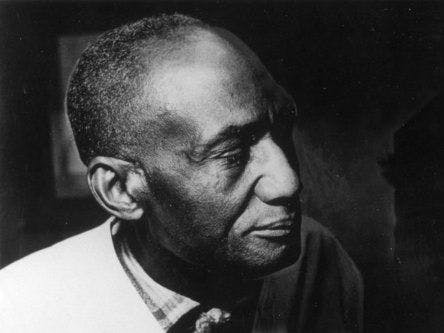
Sculptor, Painter
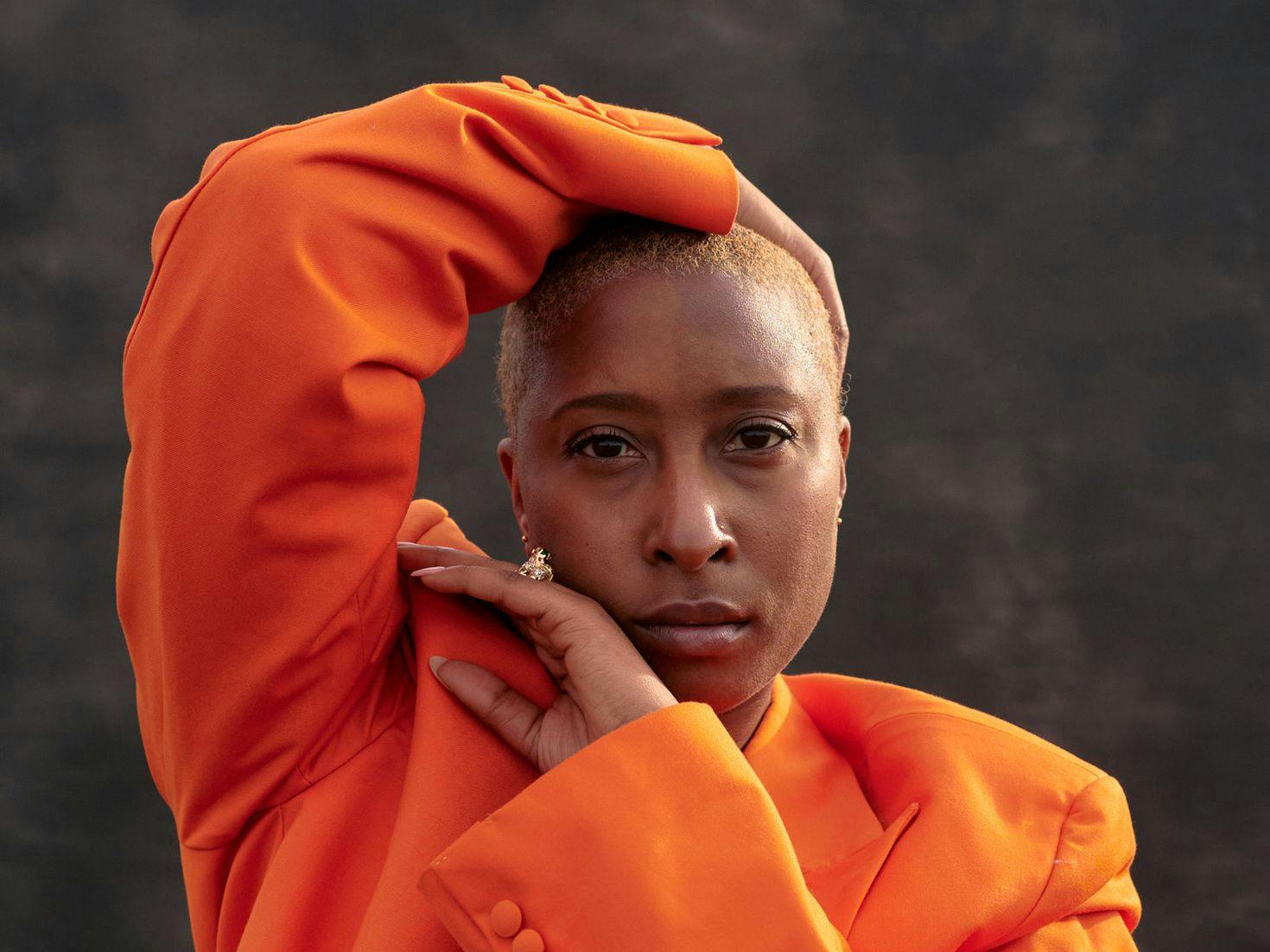
Choreographer, Dancer
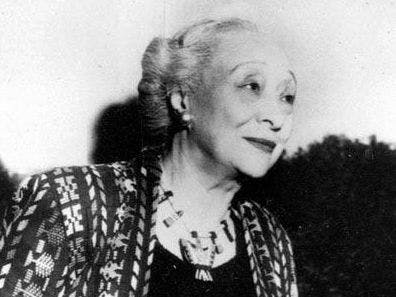
Curator
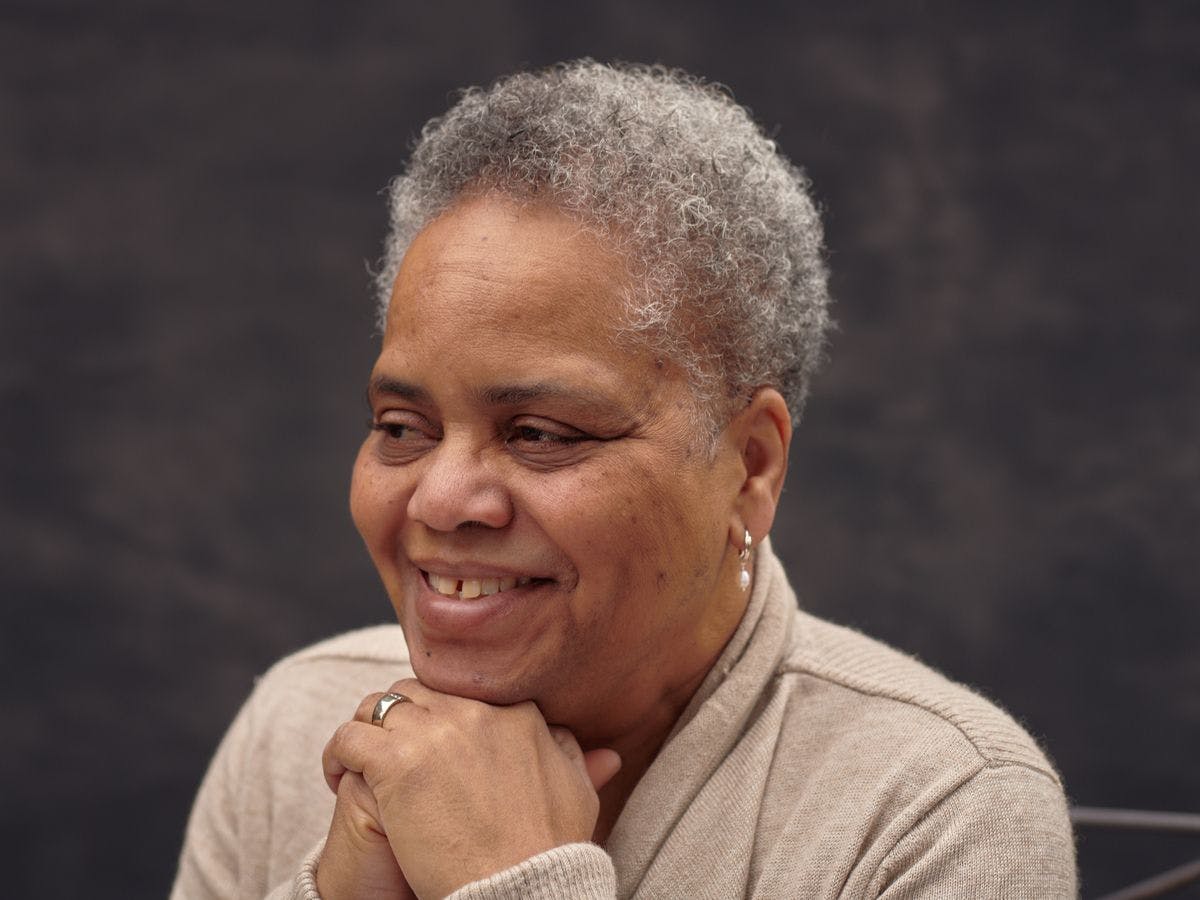
Theater Director, Educator
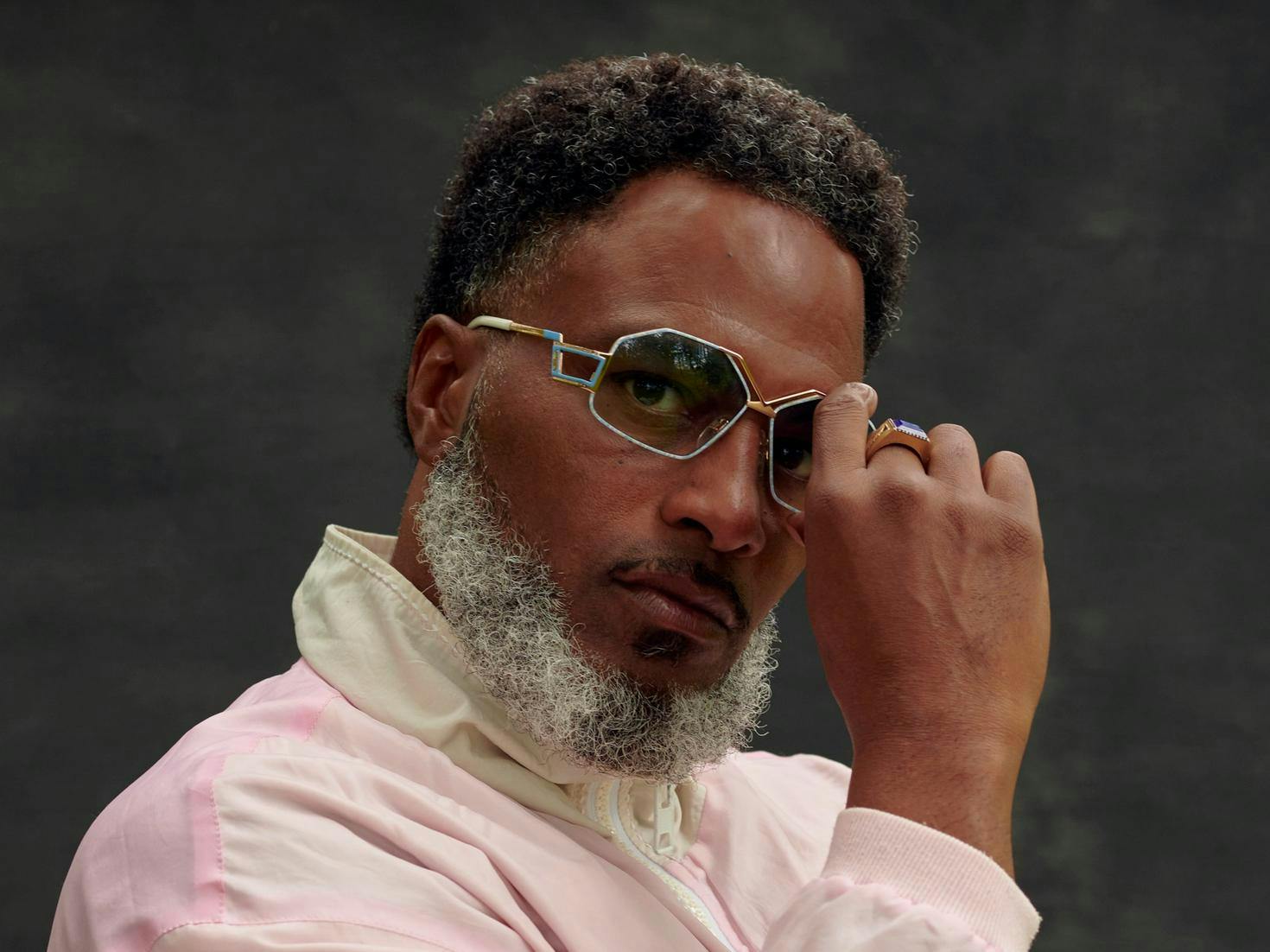
Musician, Rapper
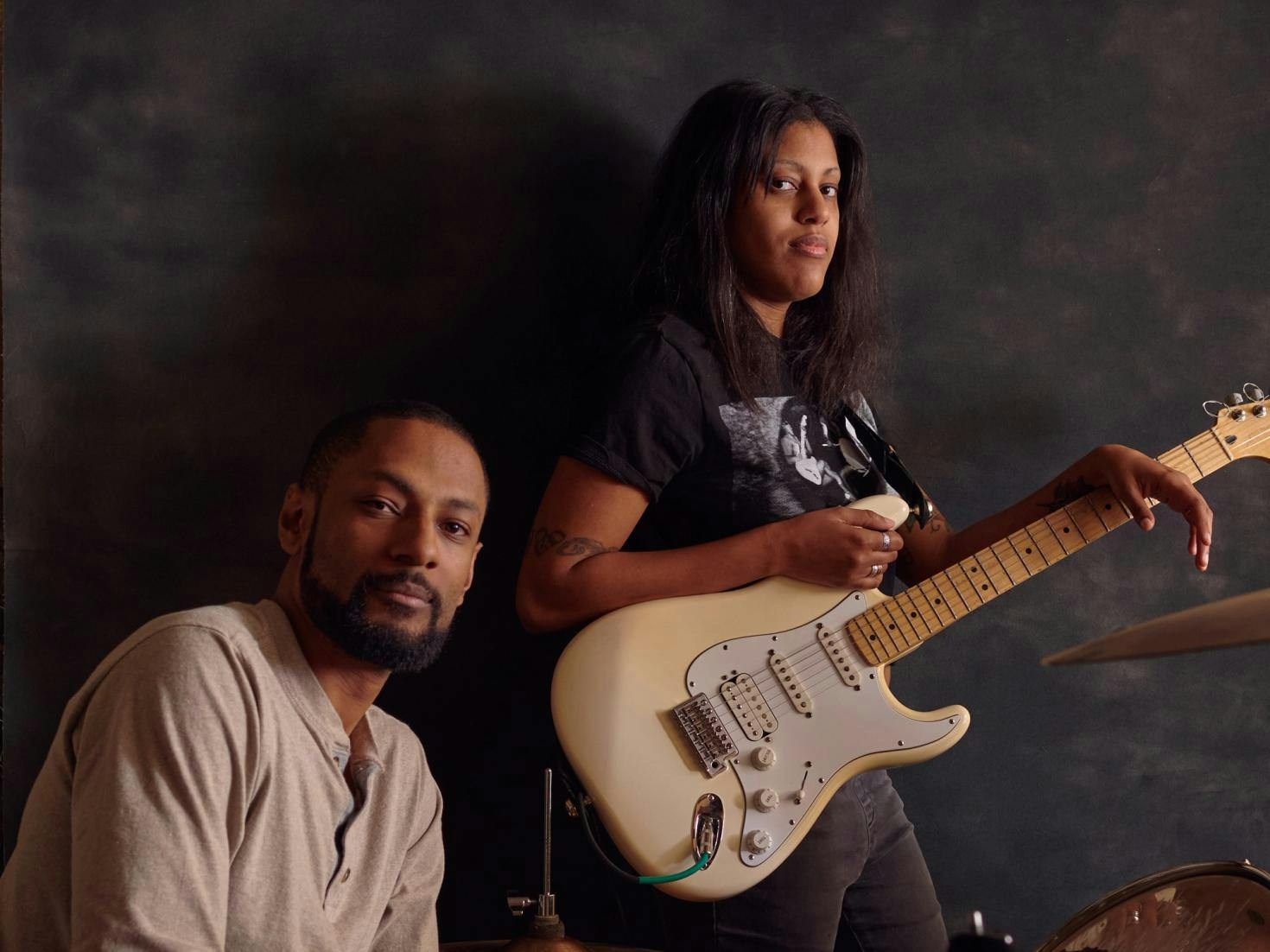
Musicians
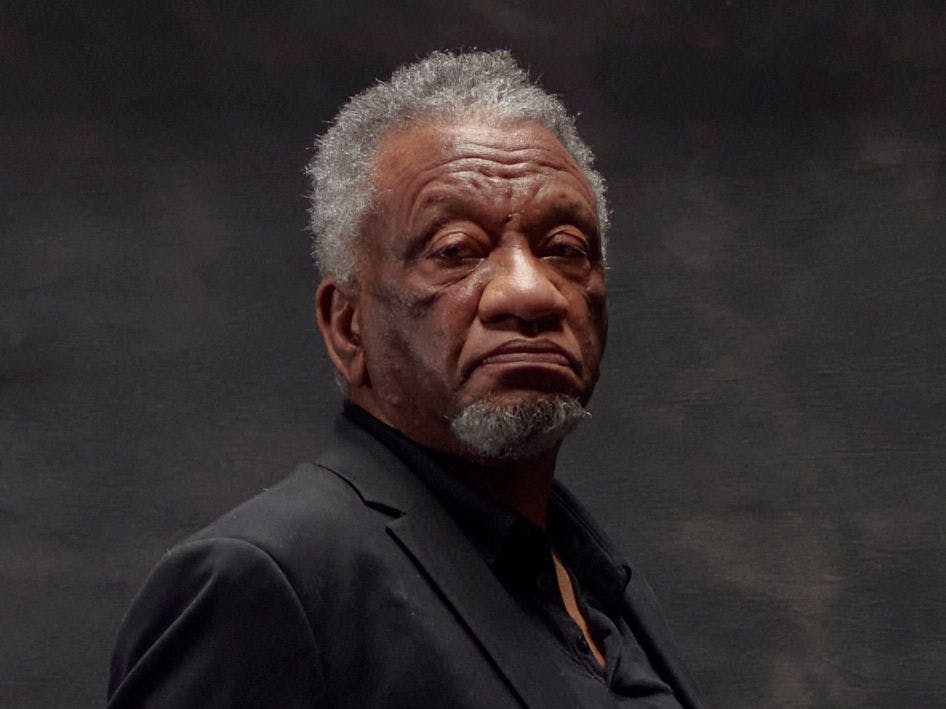
Choreographer, Dancer
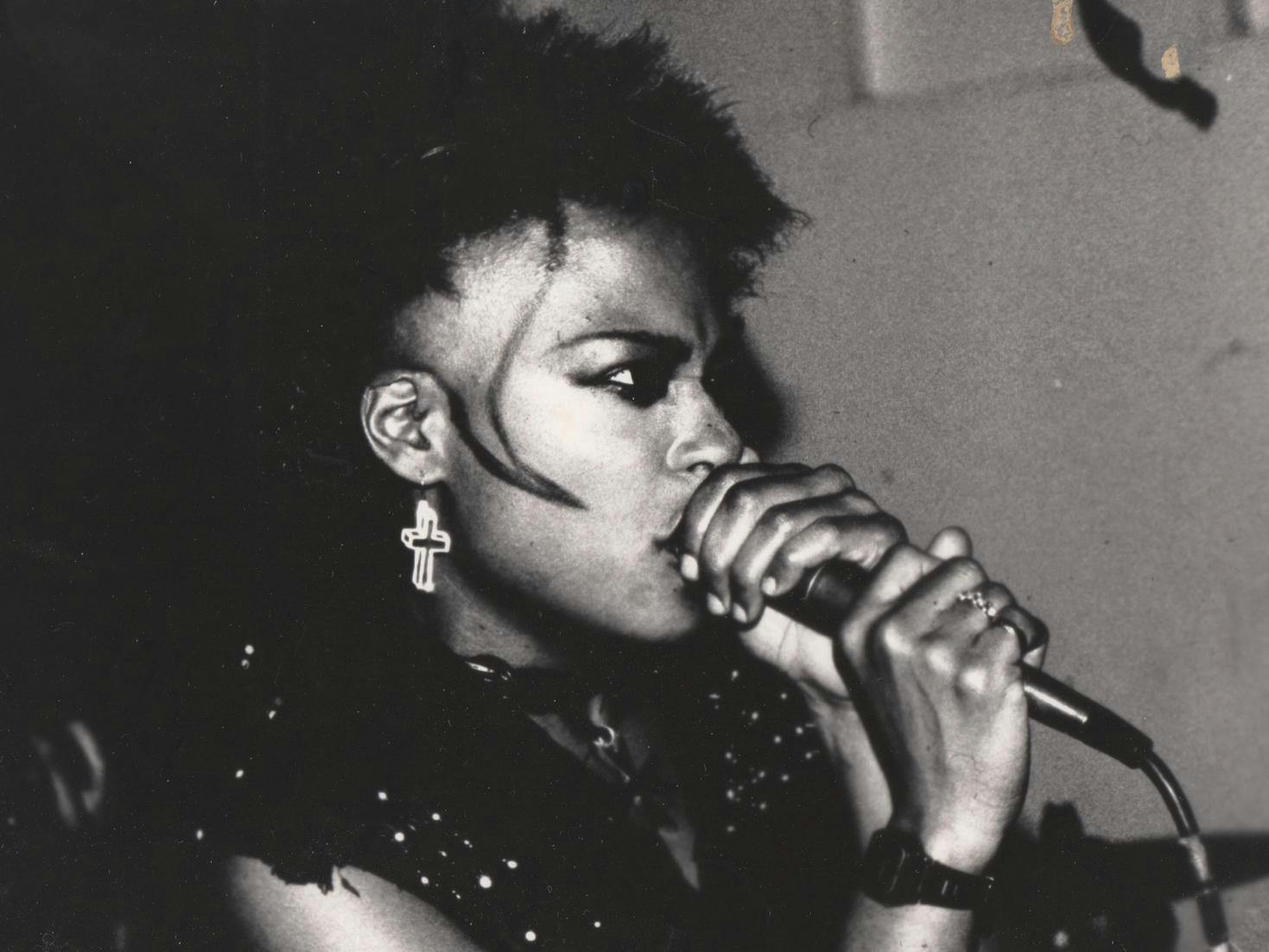
Singer, Musician
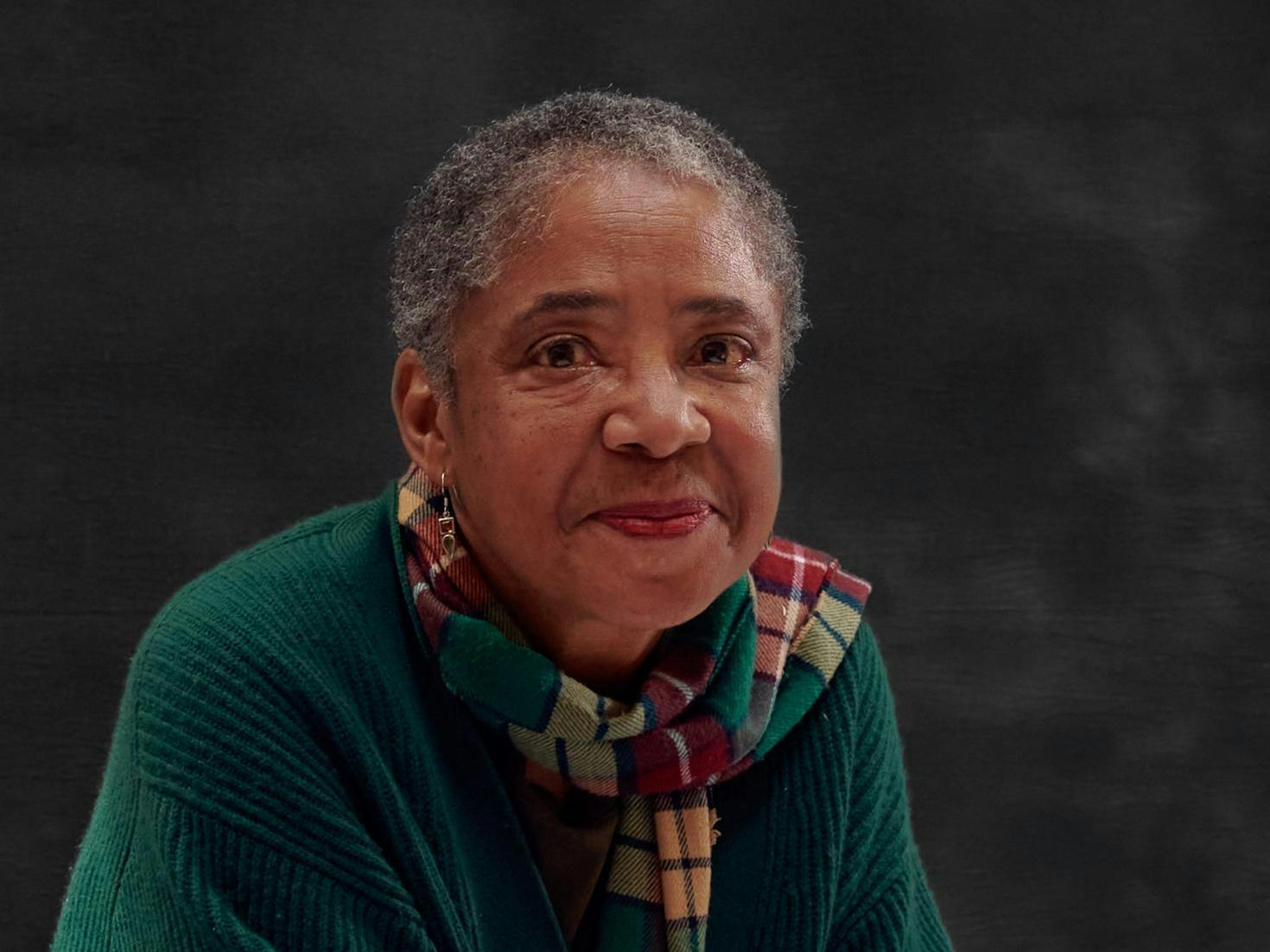
Visual Artist

Rapper, Musician
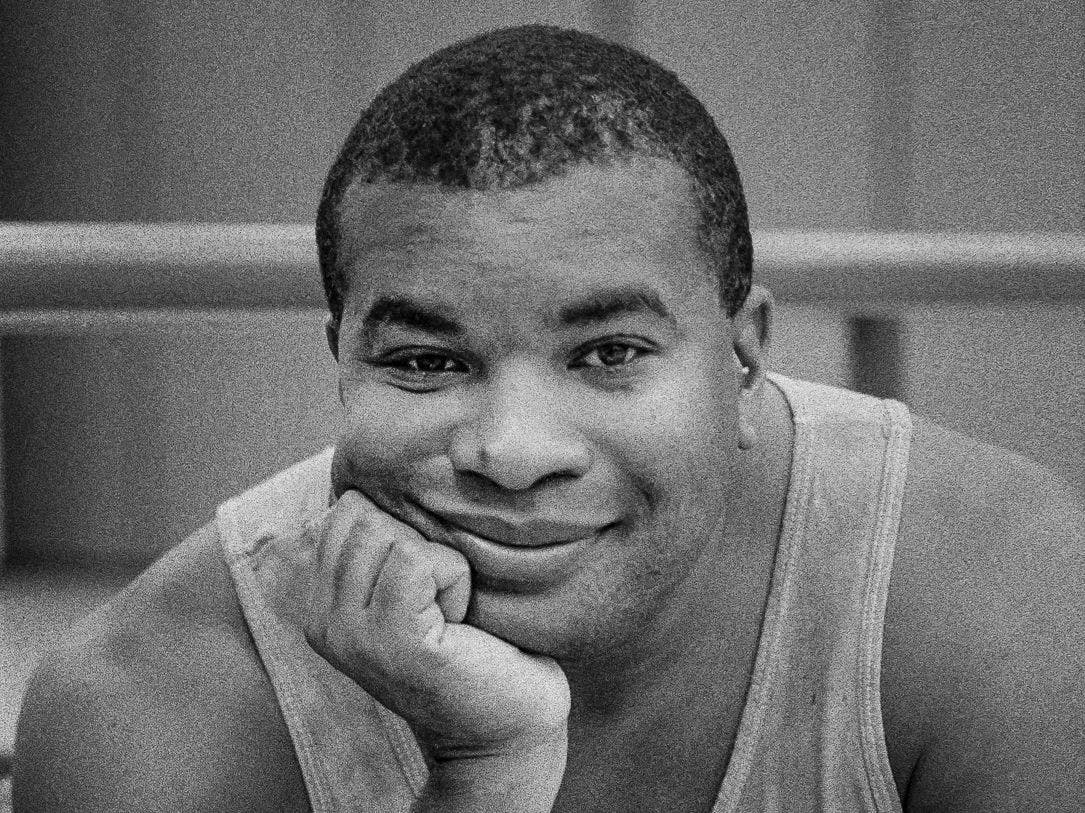
Dancer, Teacher
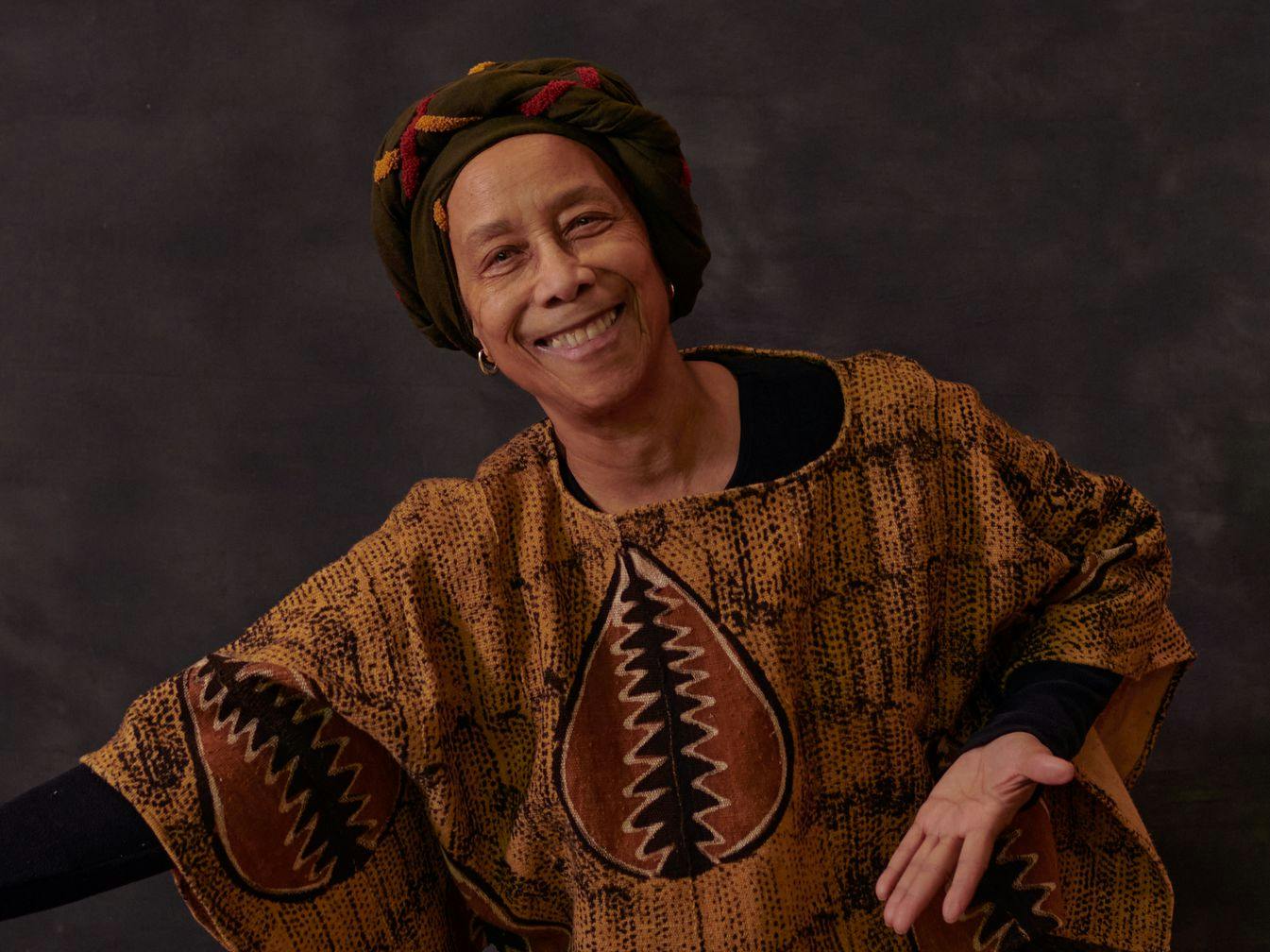
Dancer, Teacher
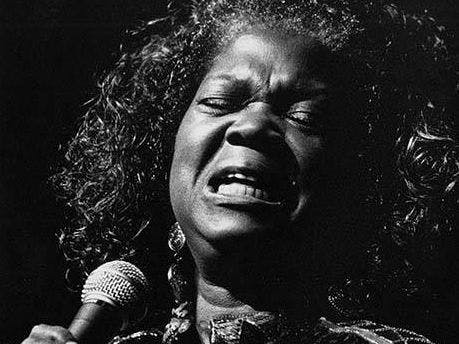
Singer
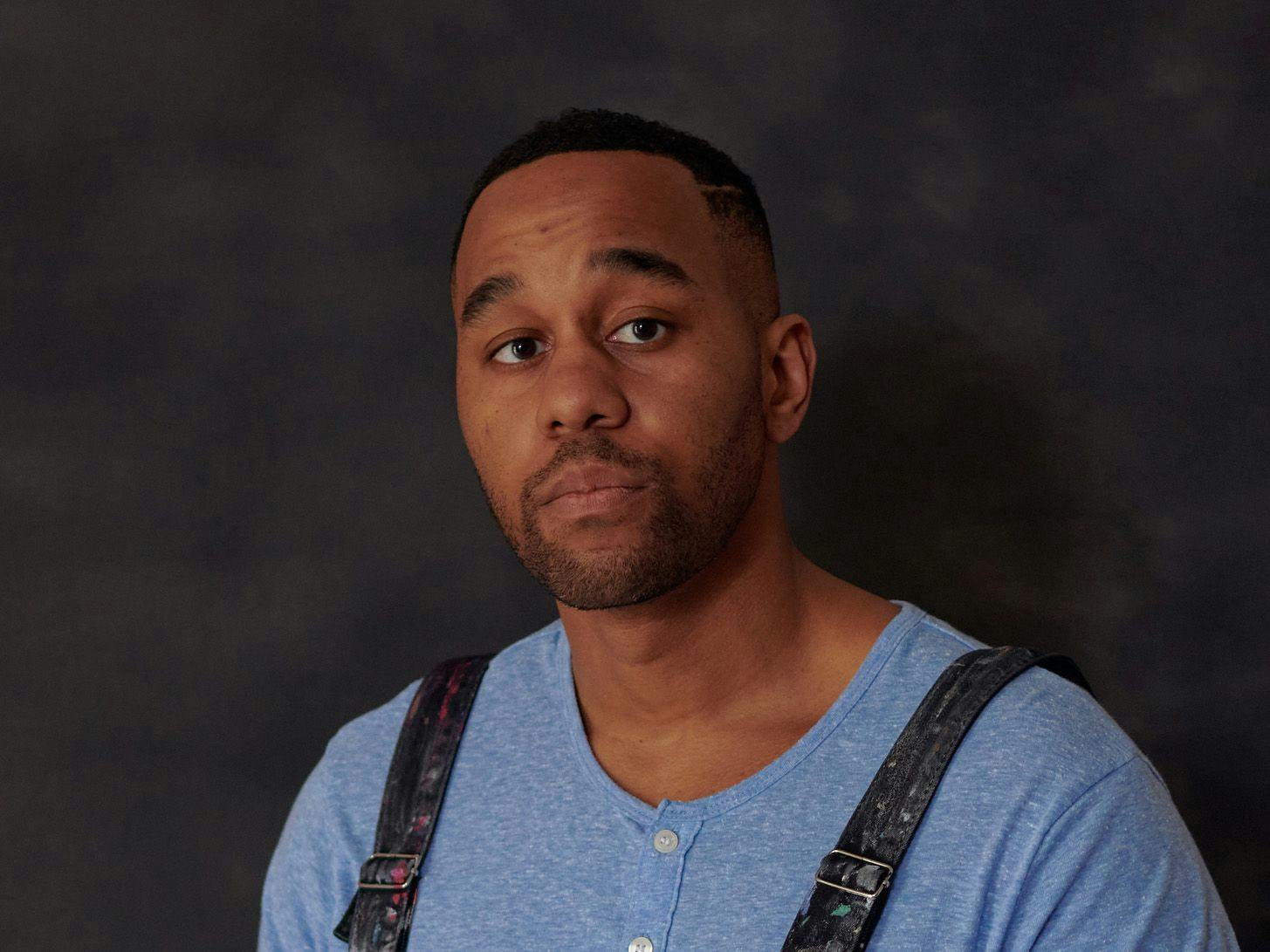
Visual Artist
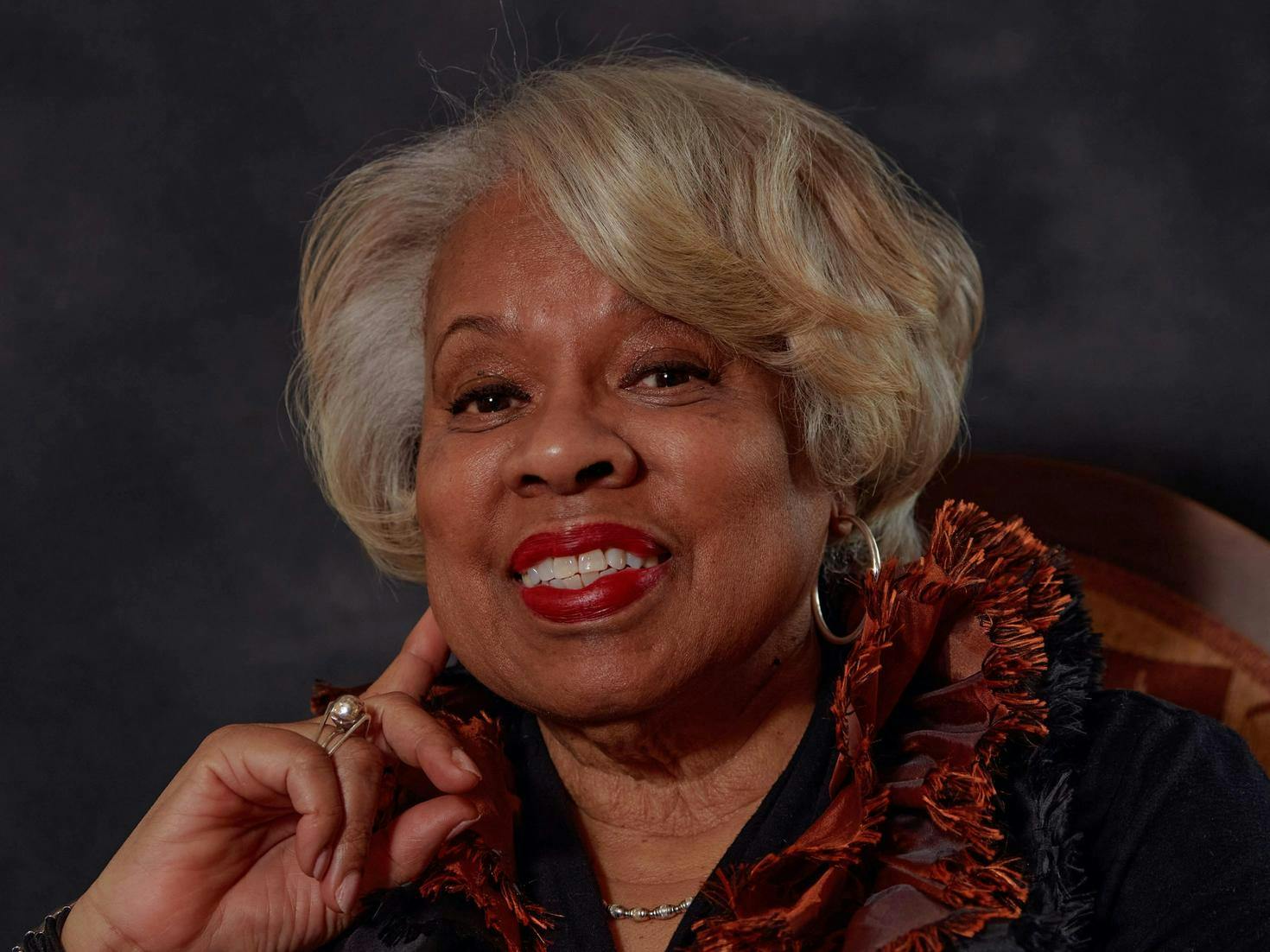
Poet
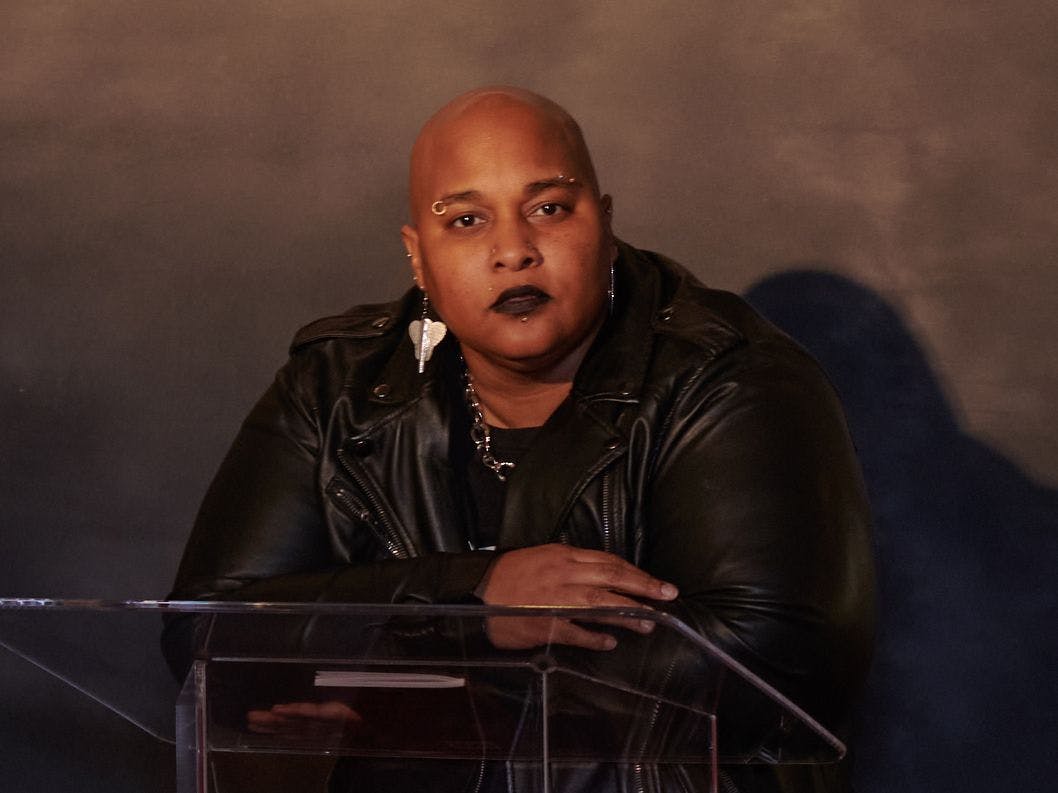
Theater Producer, Poet
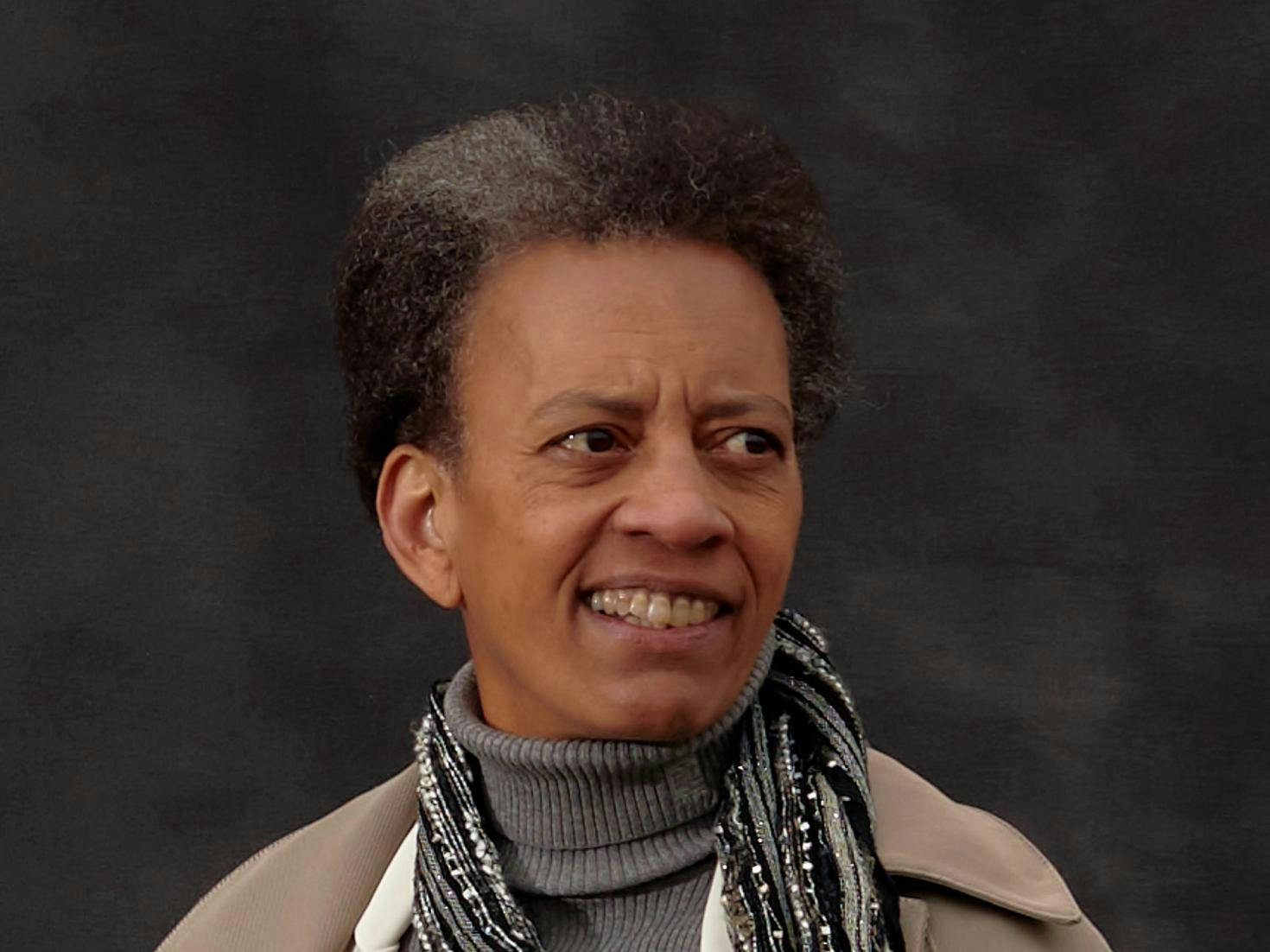
Architect
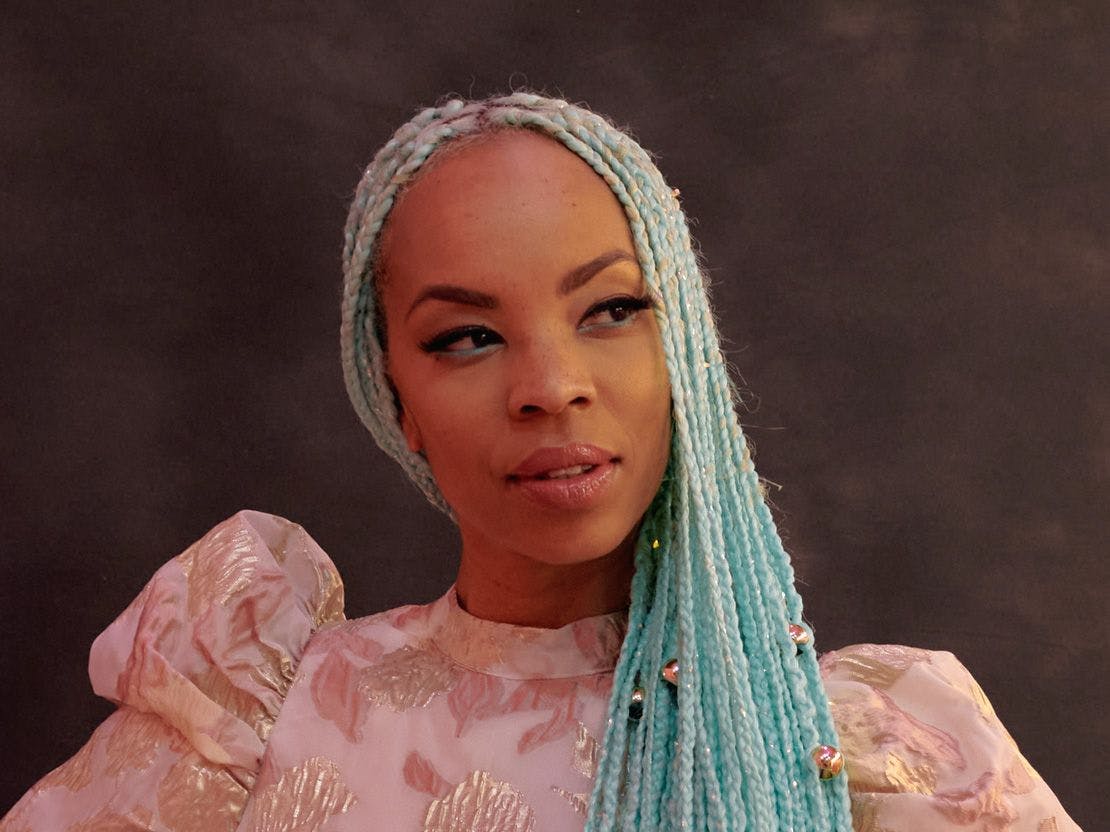
Visual Artist, Curator
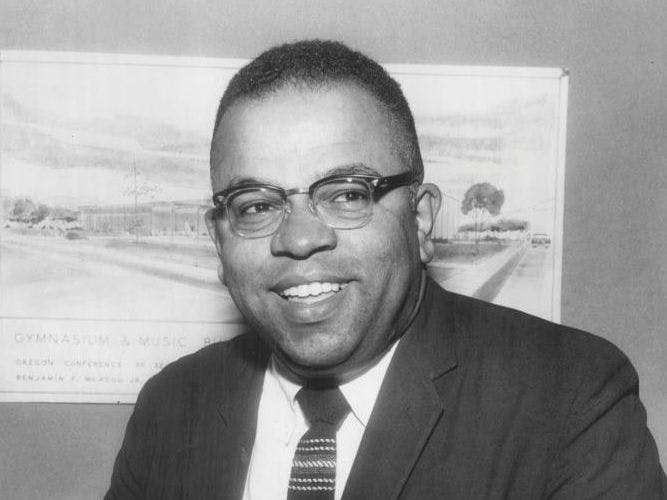
Architect
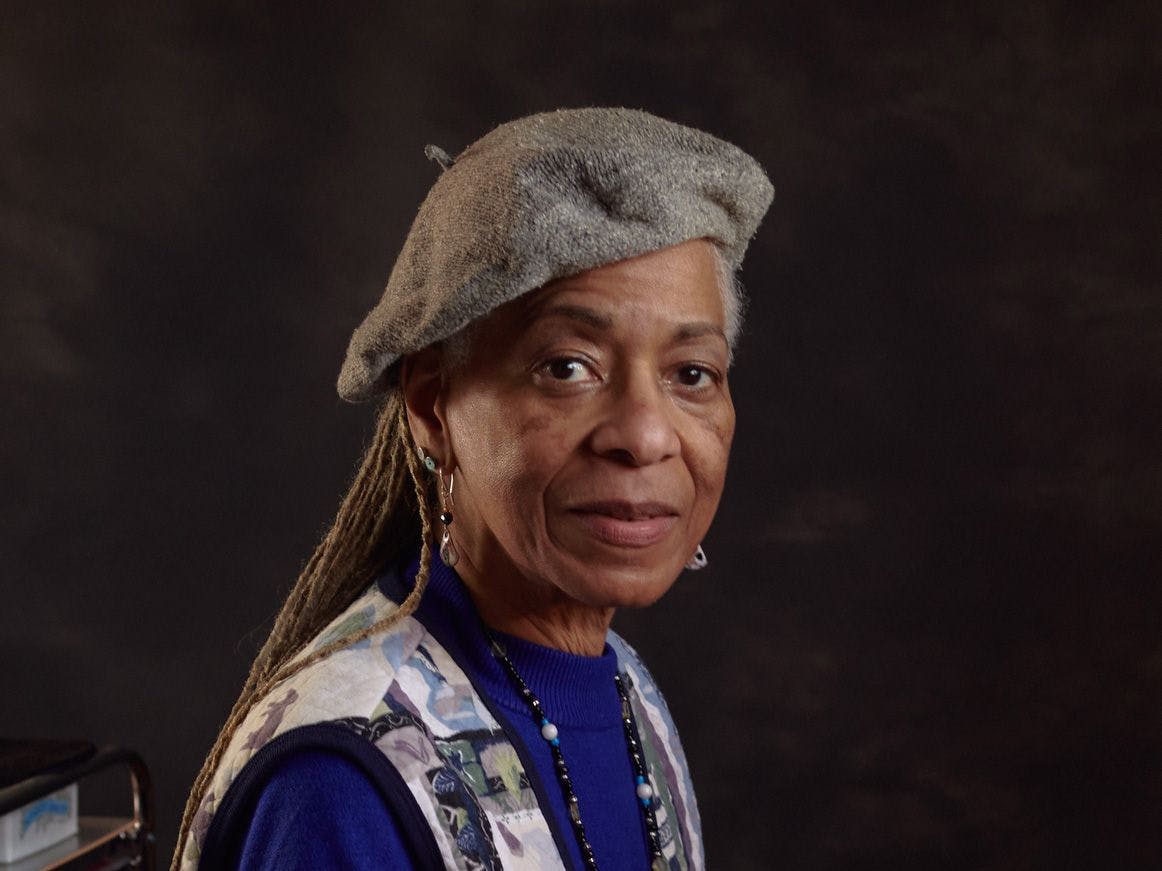
Visual Artist
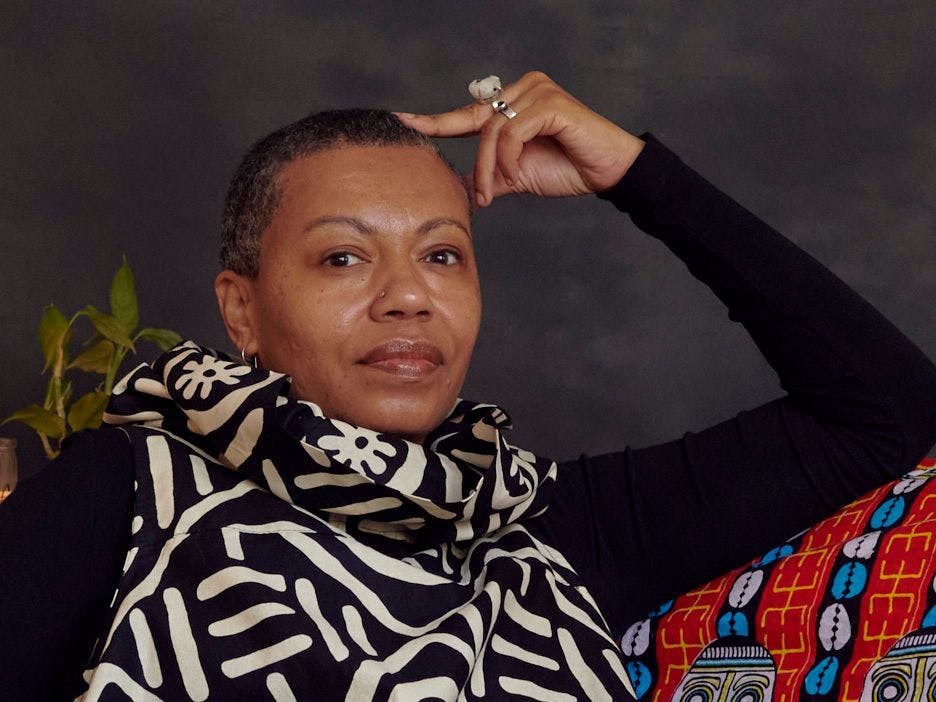
Poet, Visual Artist
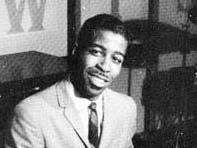
Musician, Bandleader
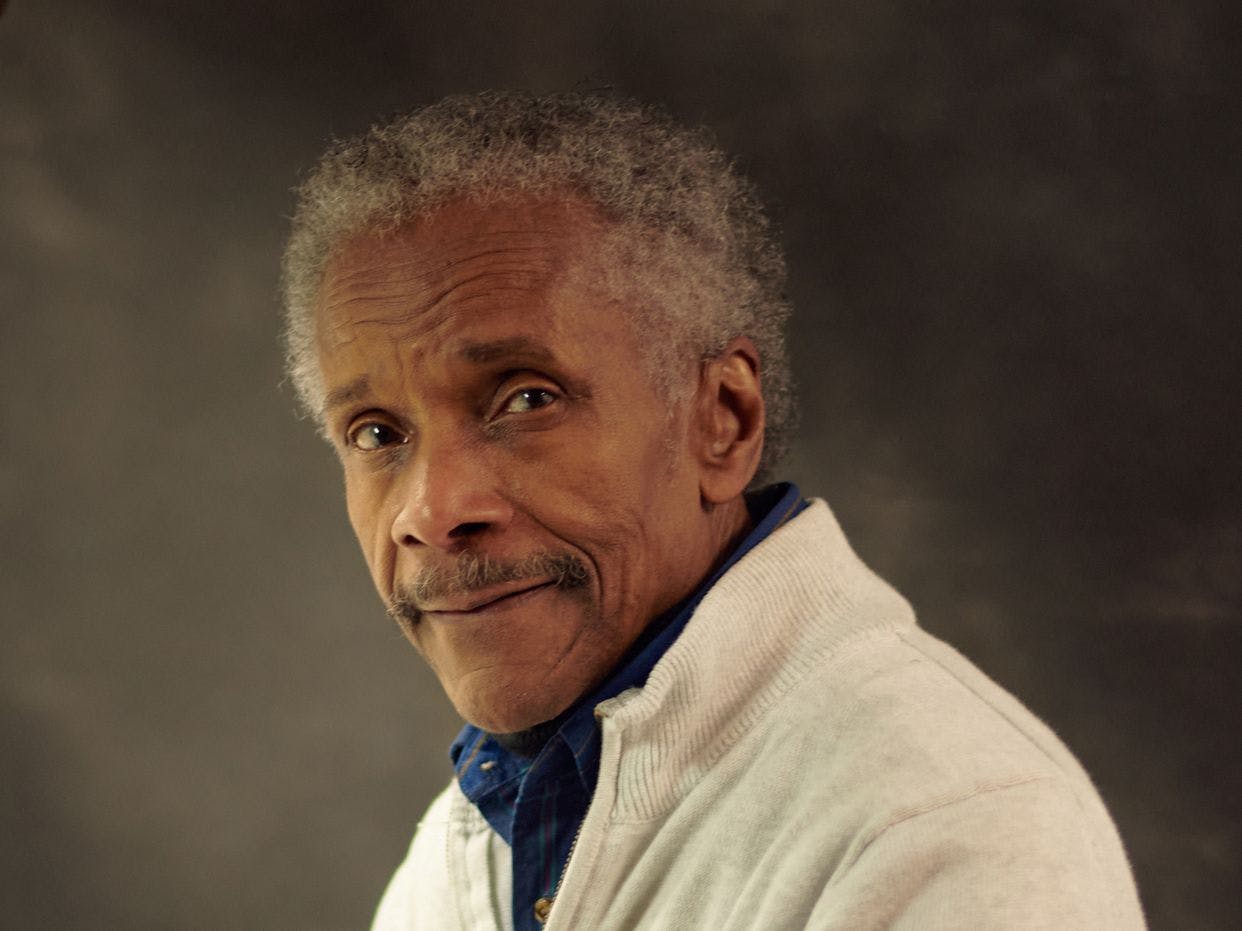
Visual Artist, Graphic Designer
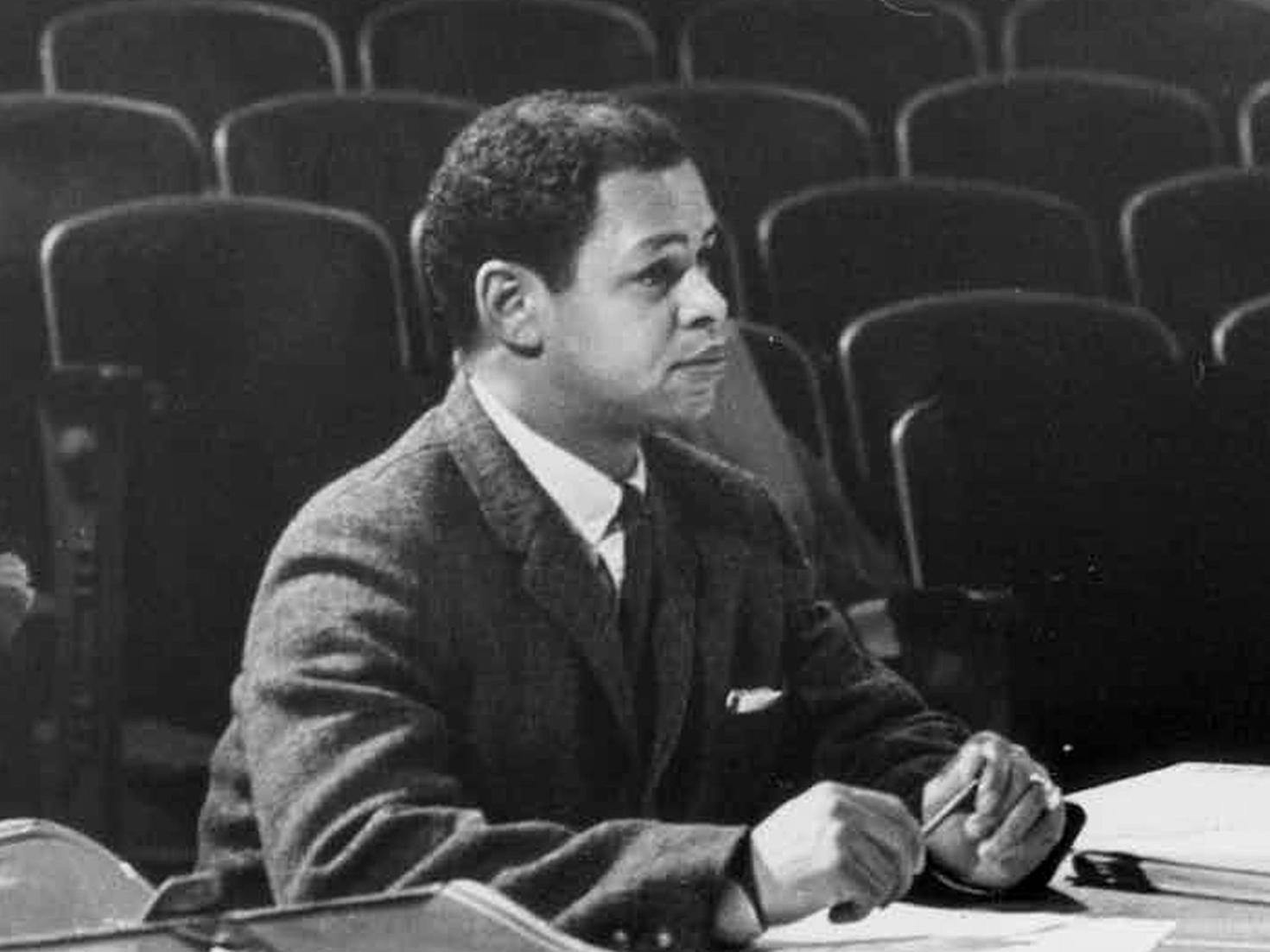
Theater Producer, Director
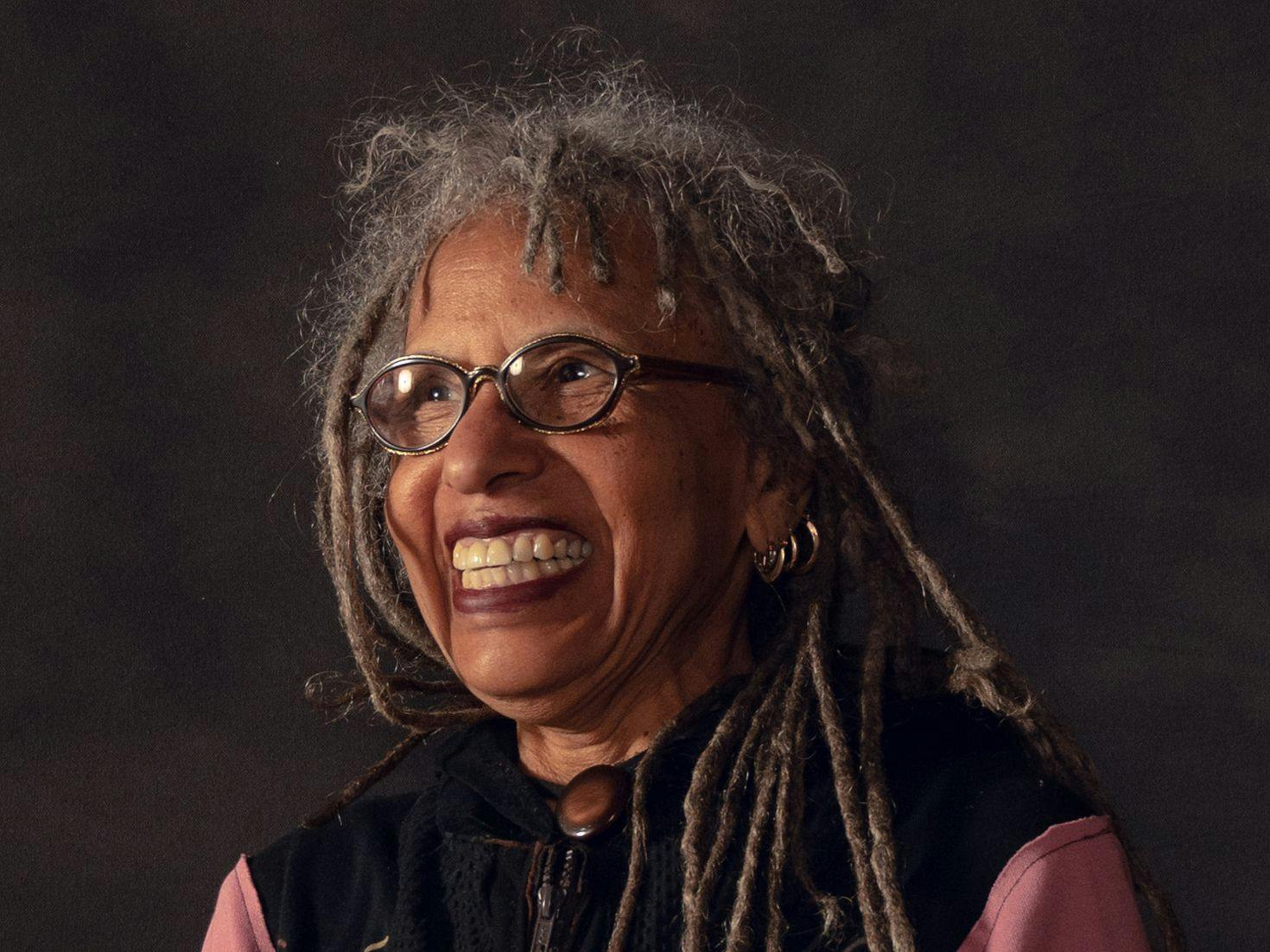
Visual Artist

“I like to do portraits because I like faces,” Gwendolyn Knight Lawrence said in 1988. “When I do a portrait, I want to get the feeling of the person.”
Like her husband, legendary painter Jacob Lawrence, Knight’s long, storied career began in New York City during the Harlem Renaissance. The couple later made Seattle their home for nearly three decades, becoming fixtures in the city’s intellectual and cultural firmament, and shaping generations of artists through their teaching and support. (Photo courtesy of Spike Mafford)

Robert L. Scott got his start on the radio when he was just 14. For decades, Seattle could tune into one station or another and hear his smooth, dulcet voice resonating over the airwaves. Scott broke barriers as the first Black DJ at a top-40 Seattle radio station, KJR, in 1972, and he’s best remembered for his stint at KYAC, Seattle’s first Black-owned radio station. (Photo courtesy of MOHAI, 2002.68.1386.16)

For 35 years, DJ Riz Rollins has been both a venerated fixture at Seattle's gay, hip-hop and electronic dance music parties, as well as a radio host on KEXP. But before he started spinning records professionally, he thought his life would turn out a lot different. “I’m supposed to be a preacher,” says Rollins. “That’s what everybody expected in my grandmother’s church." (Photo by Jim Bennett)
Cipher Goings discovered tap at a young age and has since become a teacher and part of tap’s growing renaissance.
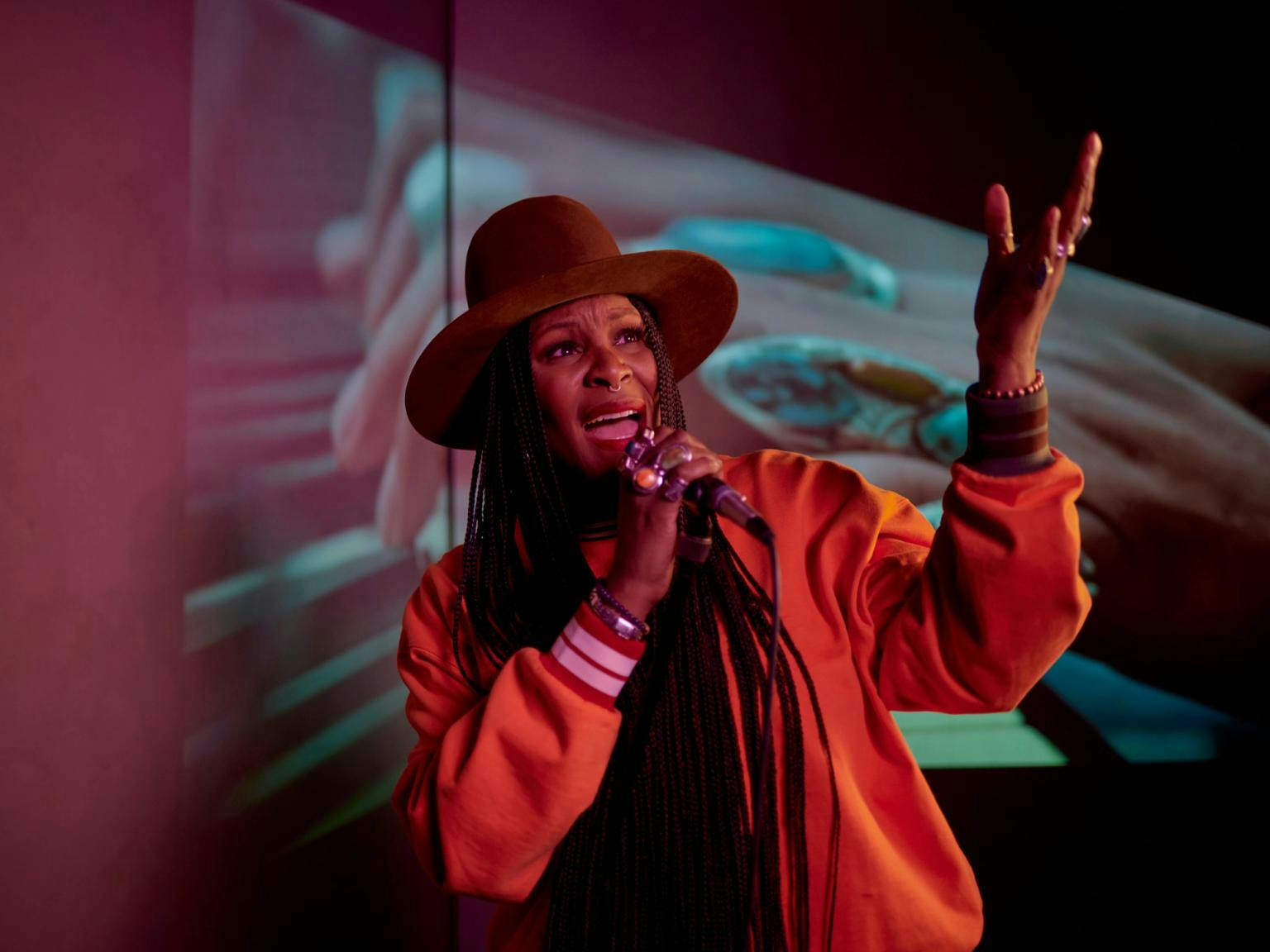
Singer/songwriter Tiffany Wilson started her career in a gospel group called SOUL, signed with Hendrix Records. After a brief period in Los Angeles where she worked as a songwriter for other artists, she returned to the Pacific Northwest and has remained ever since. She's independently released two records, with a third underway, and lights up live stages across town. (Photo by Meron Menghistab)

Cellist Gretchen Yanover balances her classical career with her own contemplative compositions. In 2001, she experimented with a looping pedal for the first time and has been creating rich, meditative music ever since. Her latest album, Holding/Movement, features songs inspired by the poetry of Quenton Baker and Jourdan Imani Keith, with album artwork by Barbara Earl Thomas. (Photo courtesy of Mason Elliott)
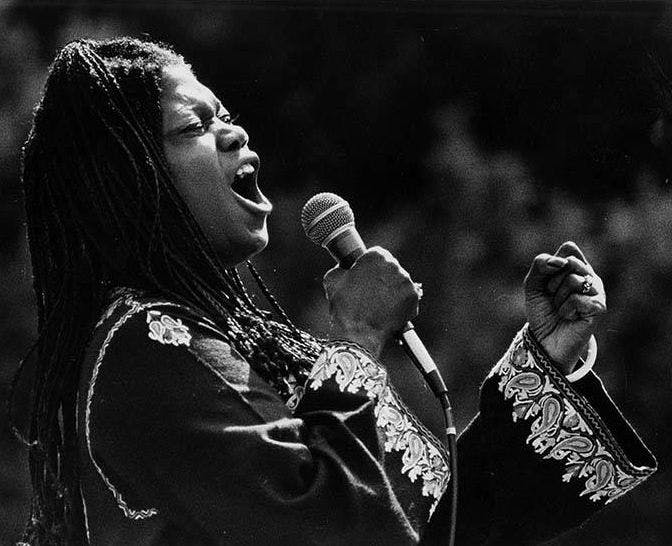
Ernestine Anderson had a voice that Quincy Jones described as "the sound of honey at dusk." She recorded over 30 albums and was a four-time nominee at the Grammy's. A Seattle local through and through, she won the Golden Umbrella at Bumbershoot in 2002. (Photo courtesy of Museum of History and Industry)
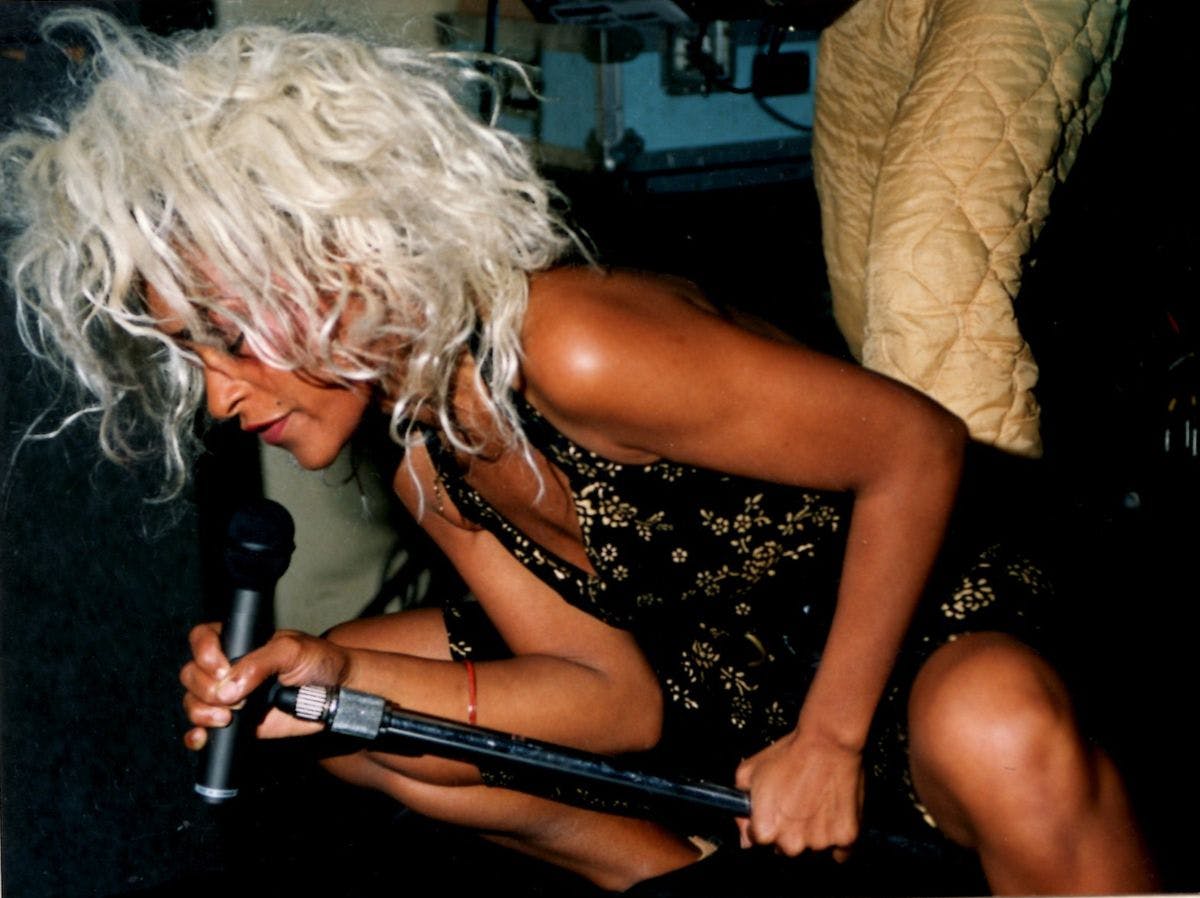
Singer Tina Bell was the frontwoman of the proto-grunge band Bam Bam in the 1980s and '90s. Bell was born and raised in Seattle, and formed Bam Bam with her then-husband Tommy Martin. Known for her fierce stage presence and wide vocal range, Bell continues to inspire local musicians today, including sibling rock duo The Black Tones. (Photo by Cyndia Lavik)
Seattle actor/playwright Reginald André Jackson pays tribute to the Black theater-makers who paved the way.
Thanks to our Sponsors
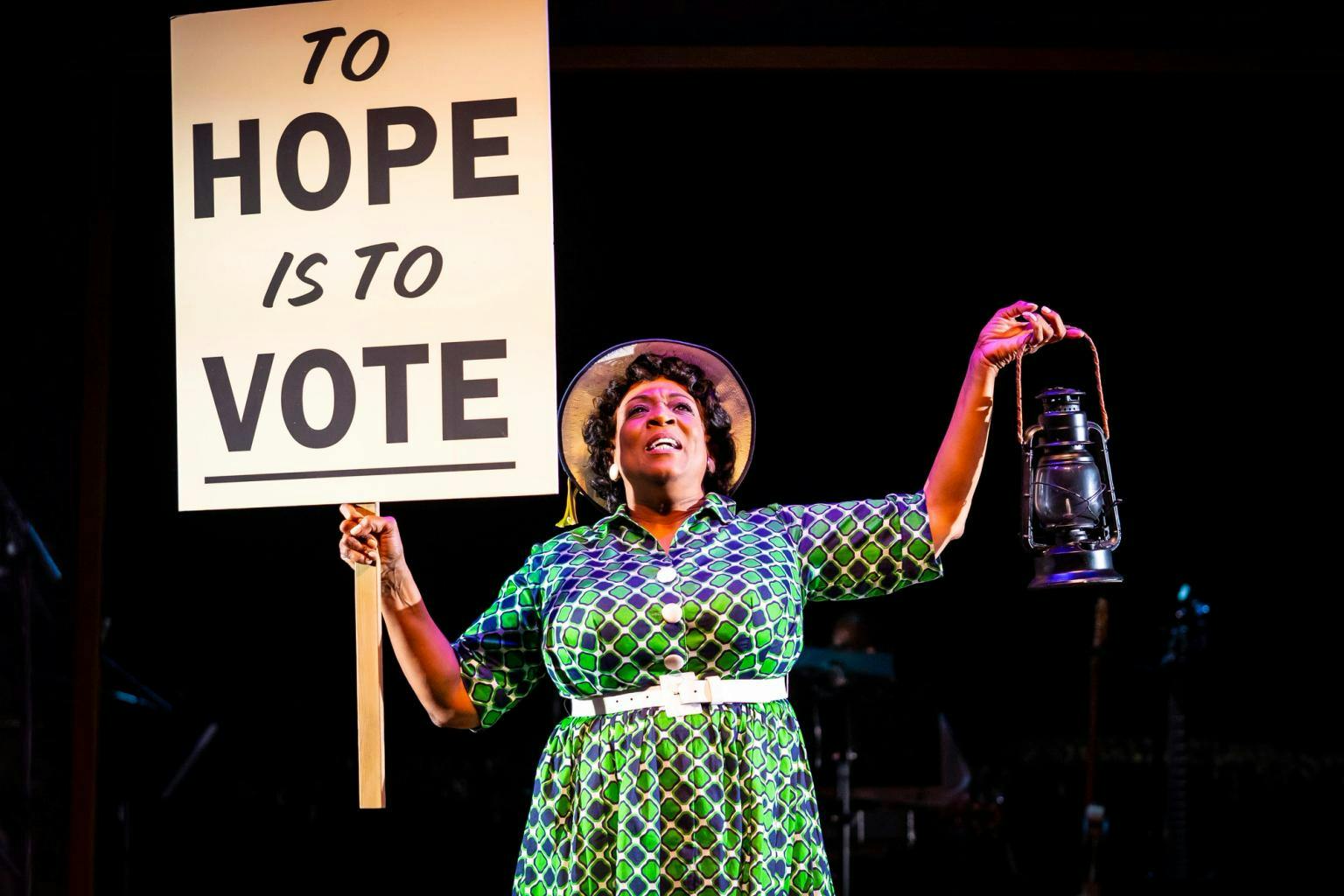
Seattle playwright Cheryl L. West is known for bringing complicated historical figures to life, including Fannie Lou Hamer, the American civil rights activist from Mississippi. Here, actress E. Faye Butler plays the lead in Fannie: The Music and Life of Fannie Lou Hamer at the Goodman Theatre in Chicago. (Liz Lauren)
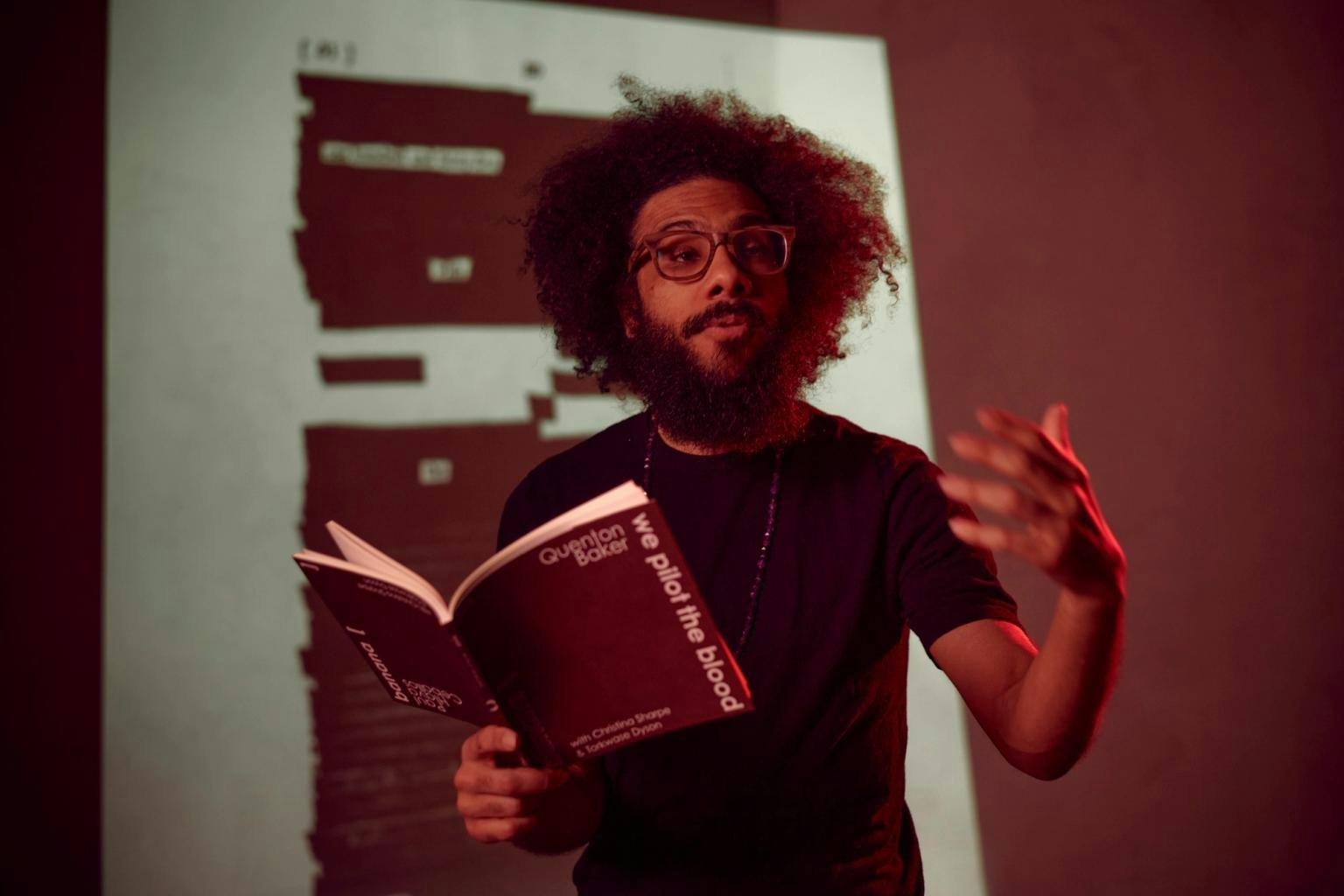
Seattle poet Quenton Baker's latest collection, ballast, is based on a U.S. Senate document detailing the only successful shipboard revolt of enslaved people in American history. Baker redacts the official text to tell a new, untold story about the people who made the remarkable choice to fight back. (Meron Menghistab for Crosscut)
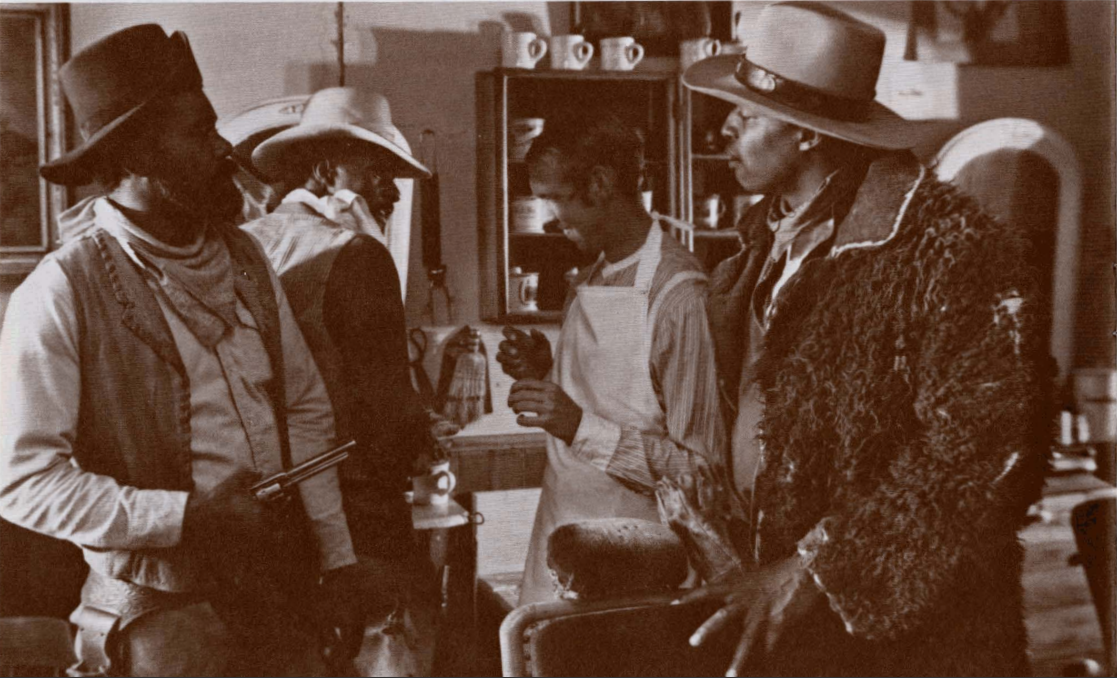
The late Northwest television titan Nate Long was devoted to diversifying the airwaves with Black stories and voices. As part of these efforts, he created the TV series South by Northwest, detailing the early history of Black people in the Pacific Northwest. Here, a still from an episode about Black cowboys. (Courtesy of Washington State University)
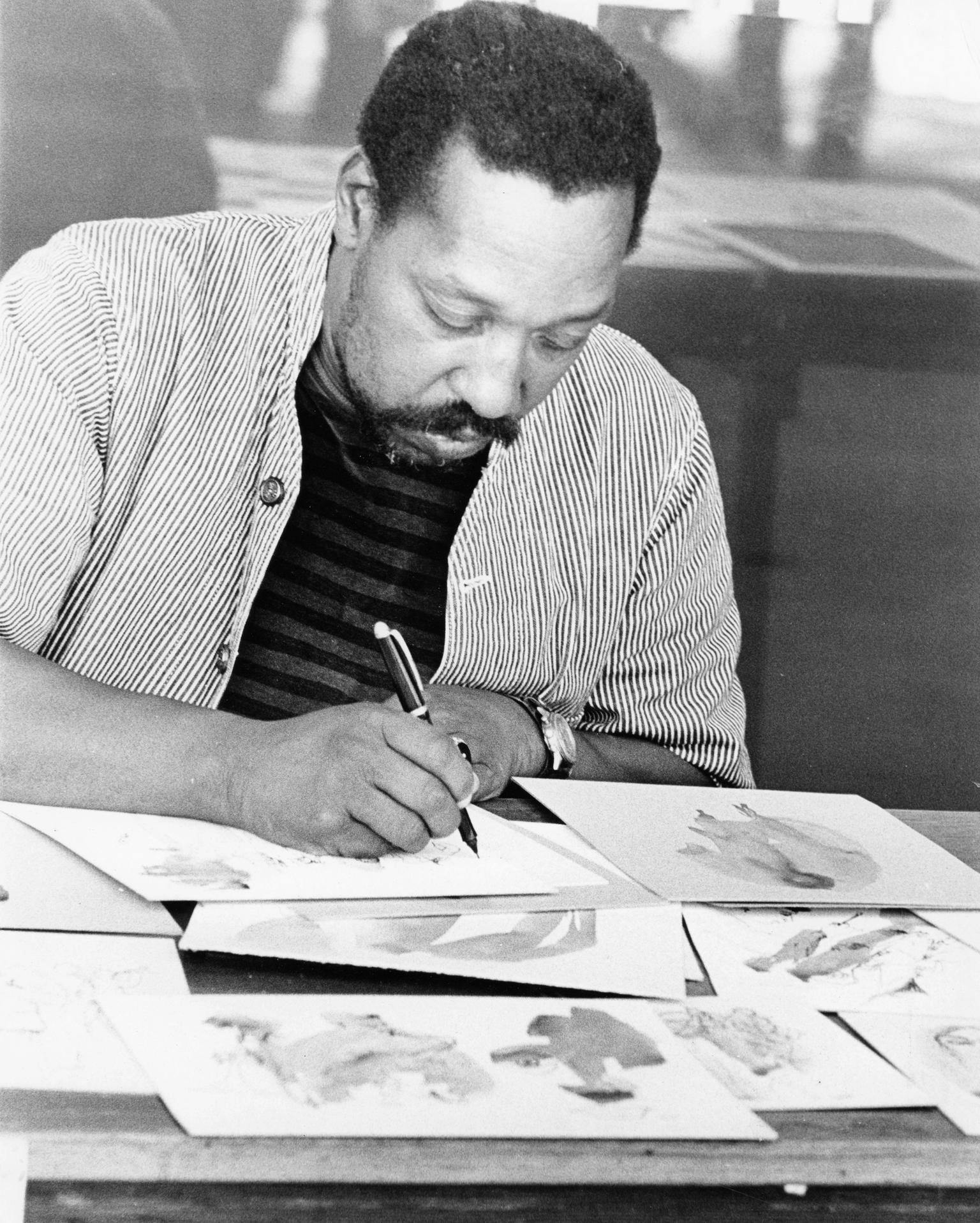
"Although my work was praised, particularly in illustration, fashion design, figure painting and other commercial lines, I was flatly refused any position, again because of color," Milt Simons wrote.
"Many times I have broken up brushes, thrown away my paints and work in deep remorse and bewilderment. But I am an artist. To function is to create.”
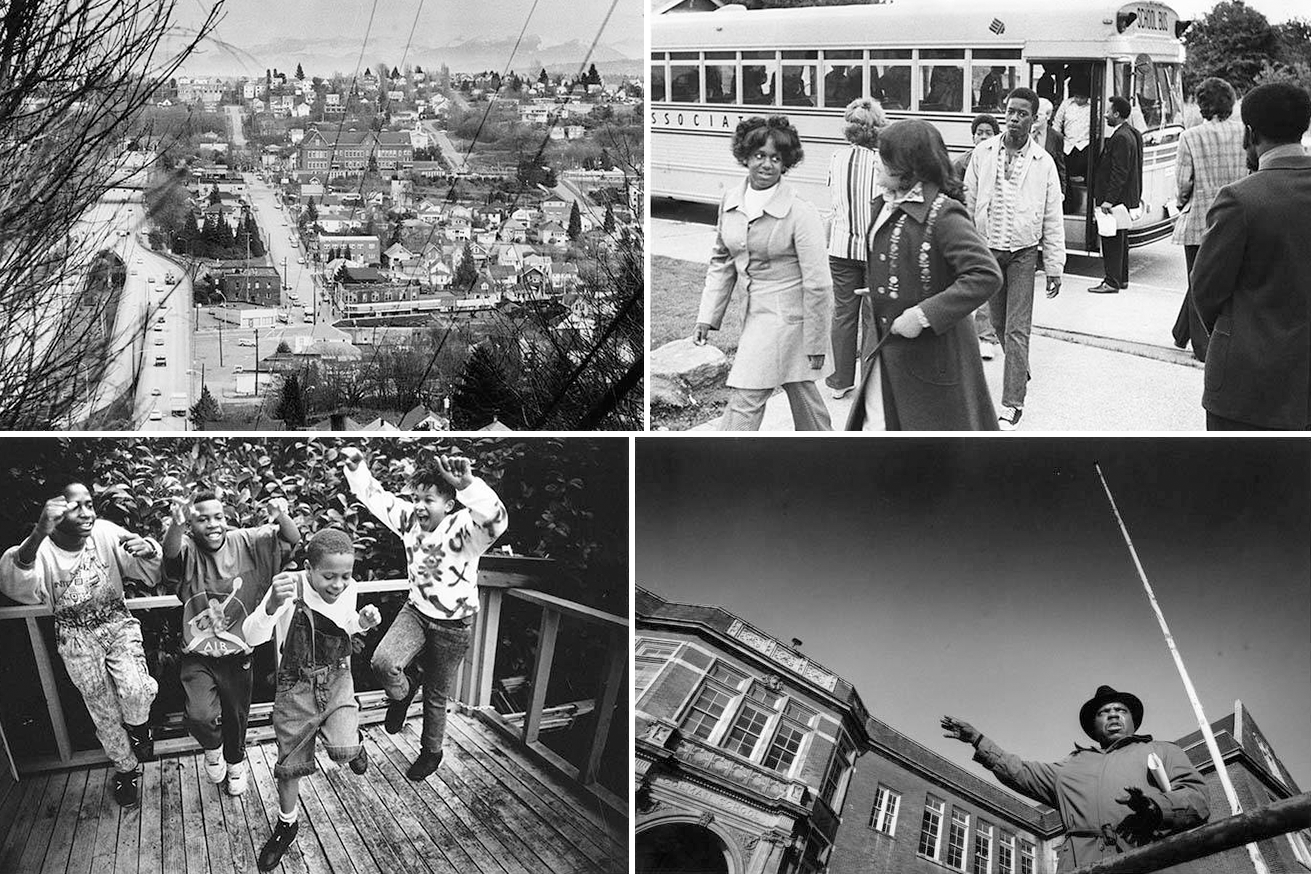
Conversations about Black arts venues in the neighborhood led to stories of creation, loss and preservation.